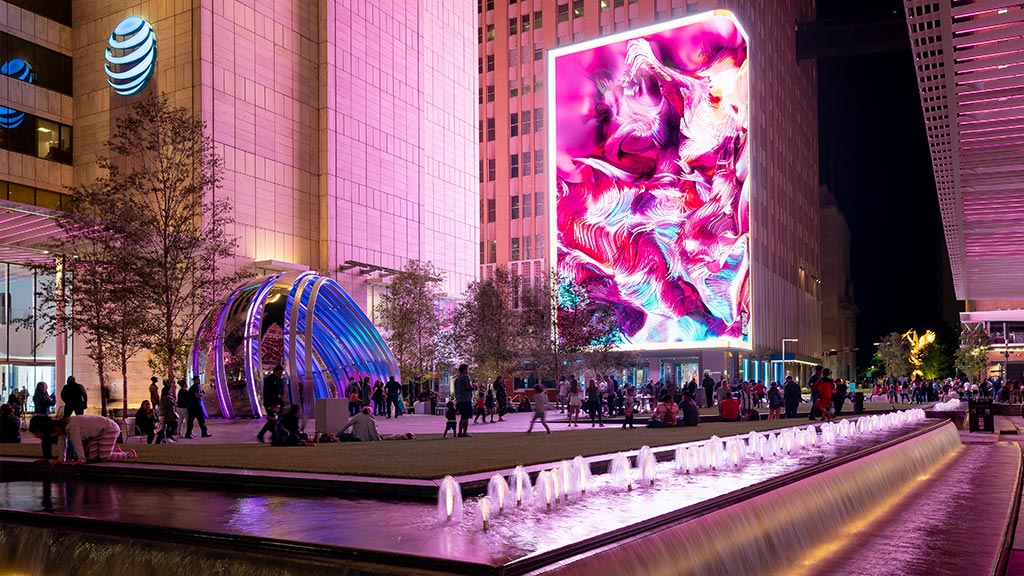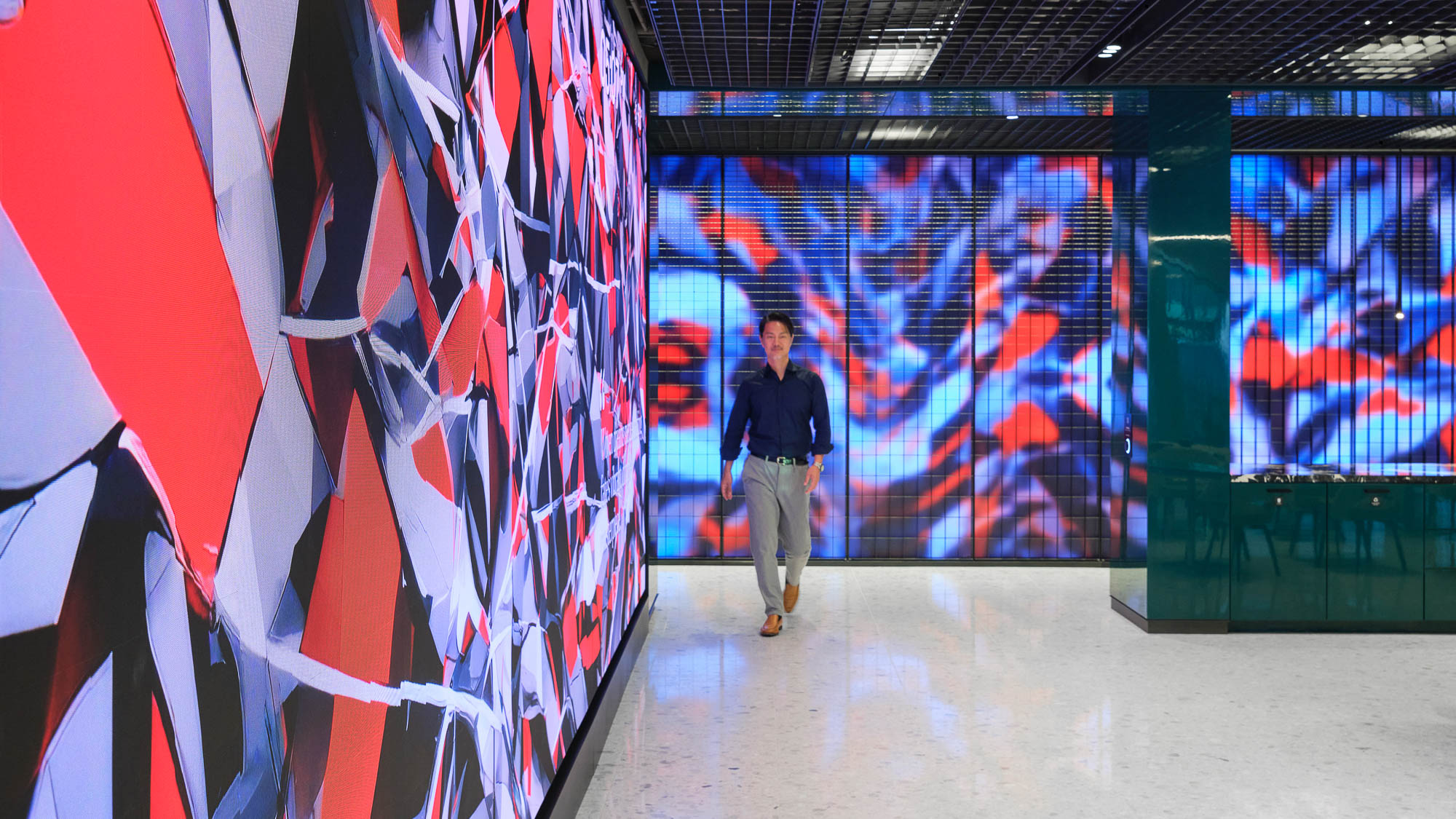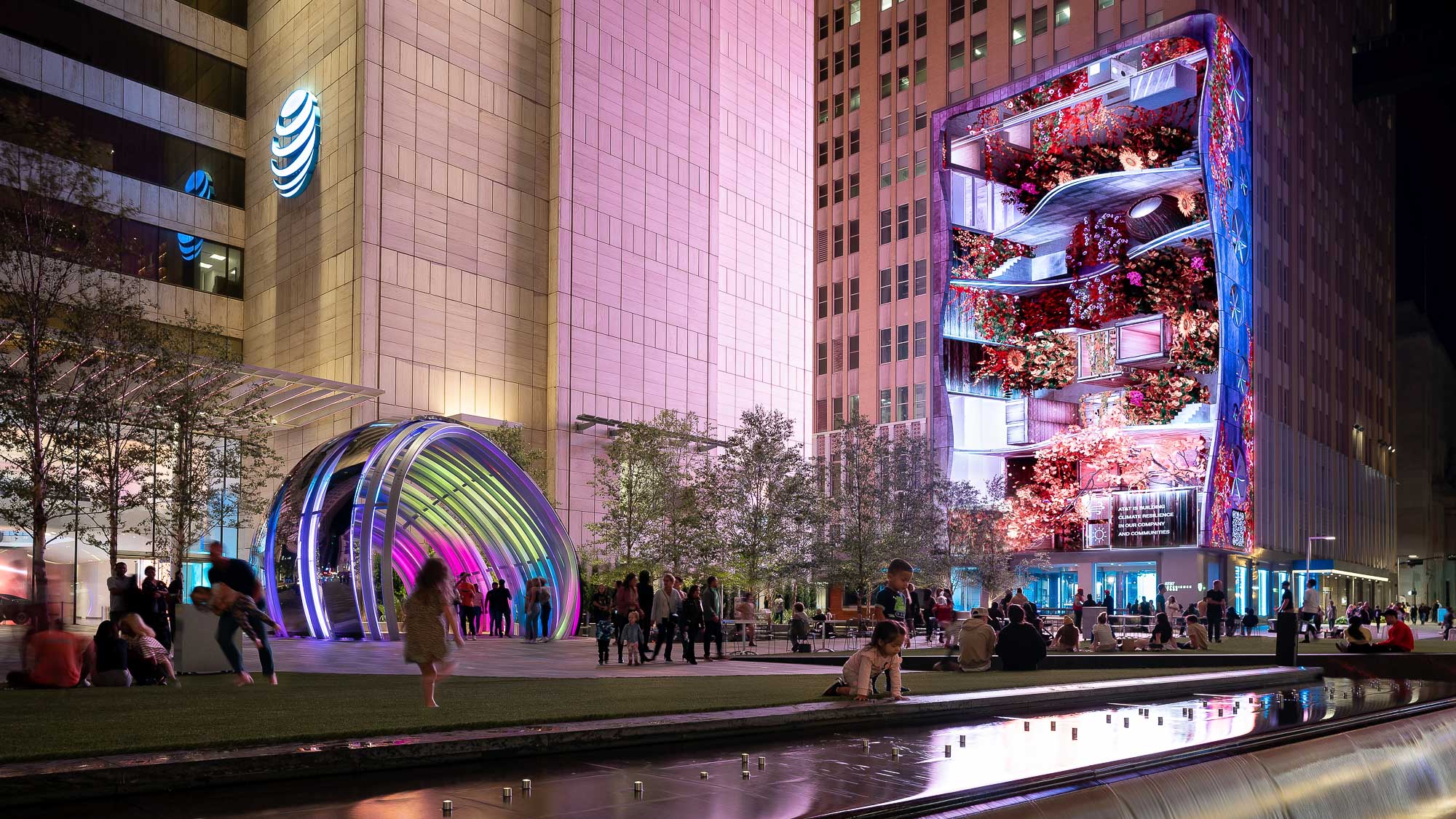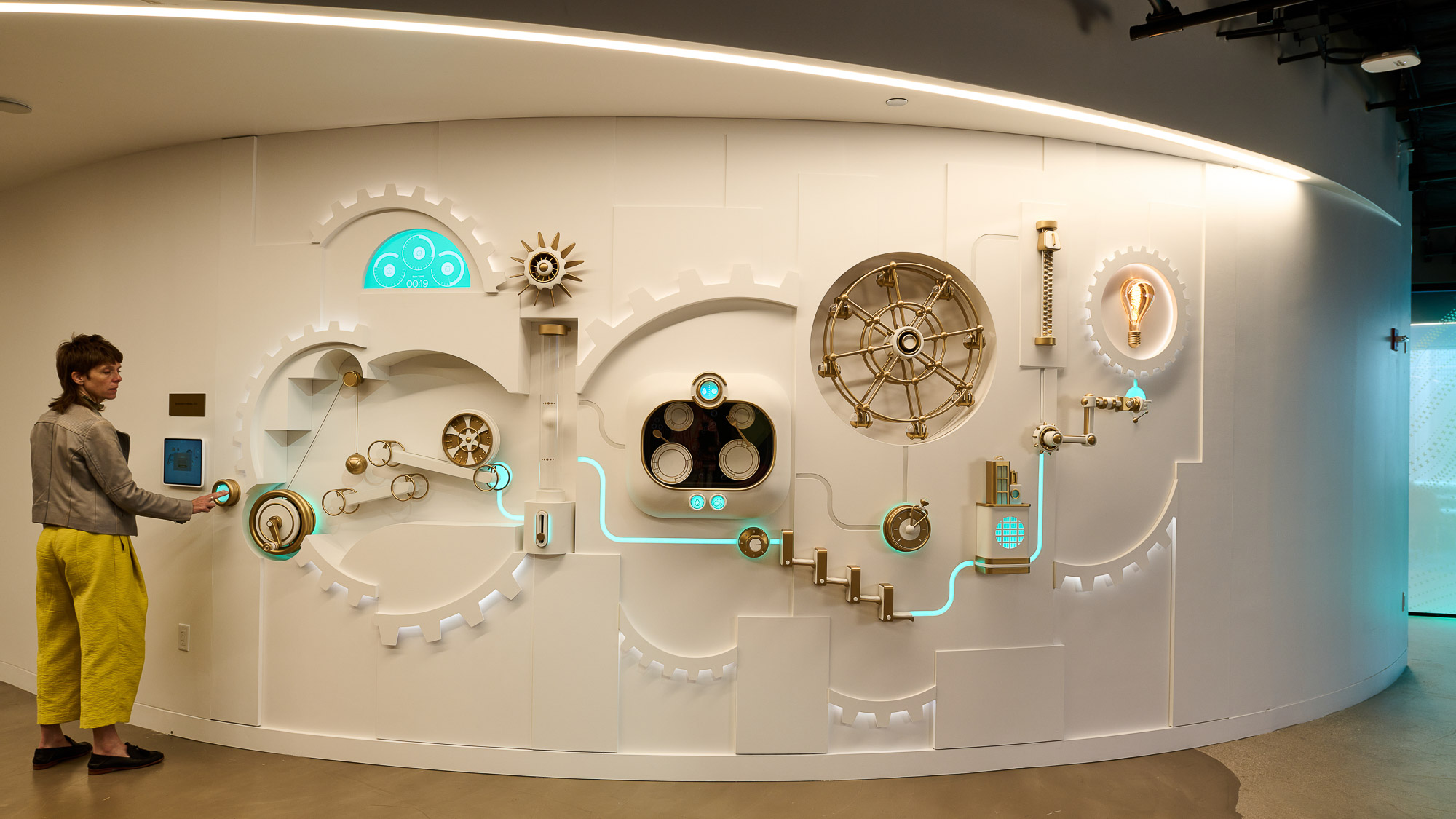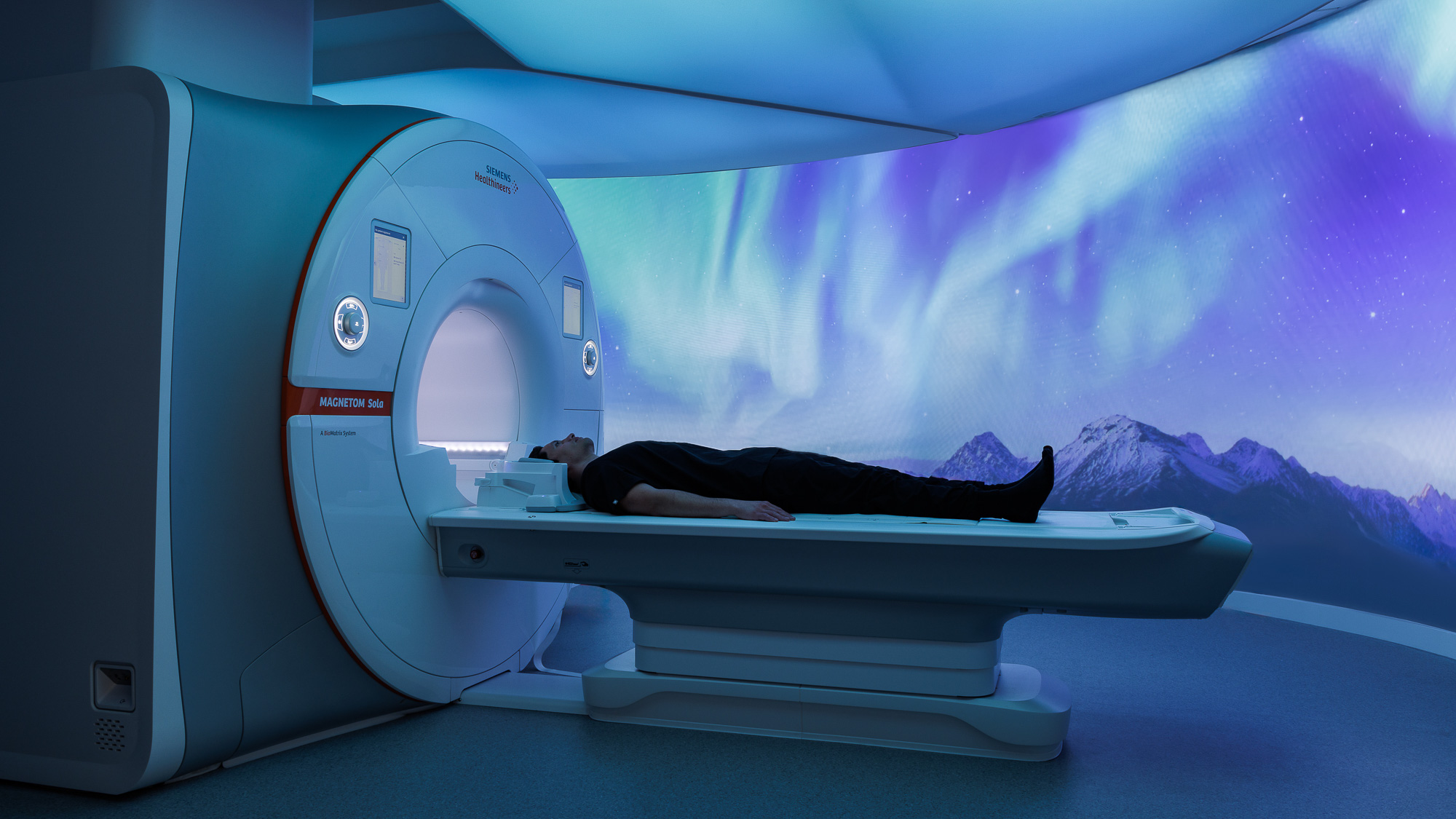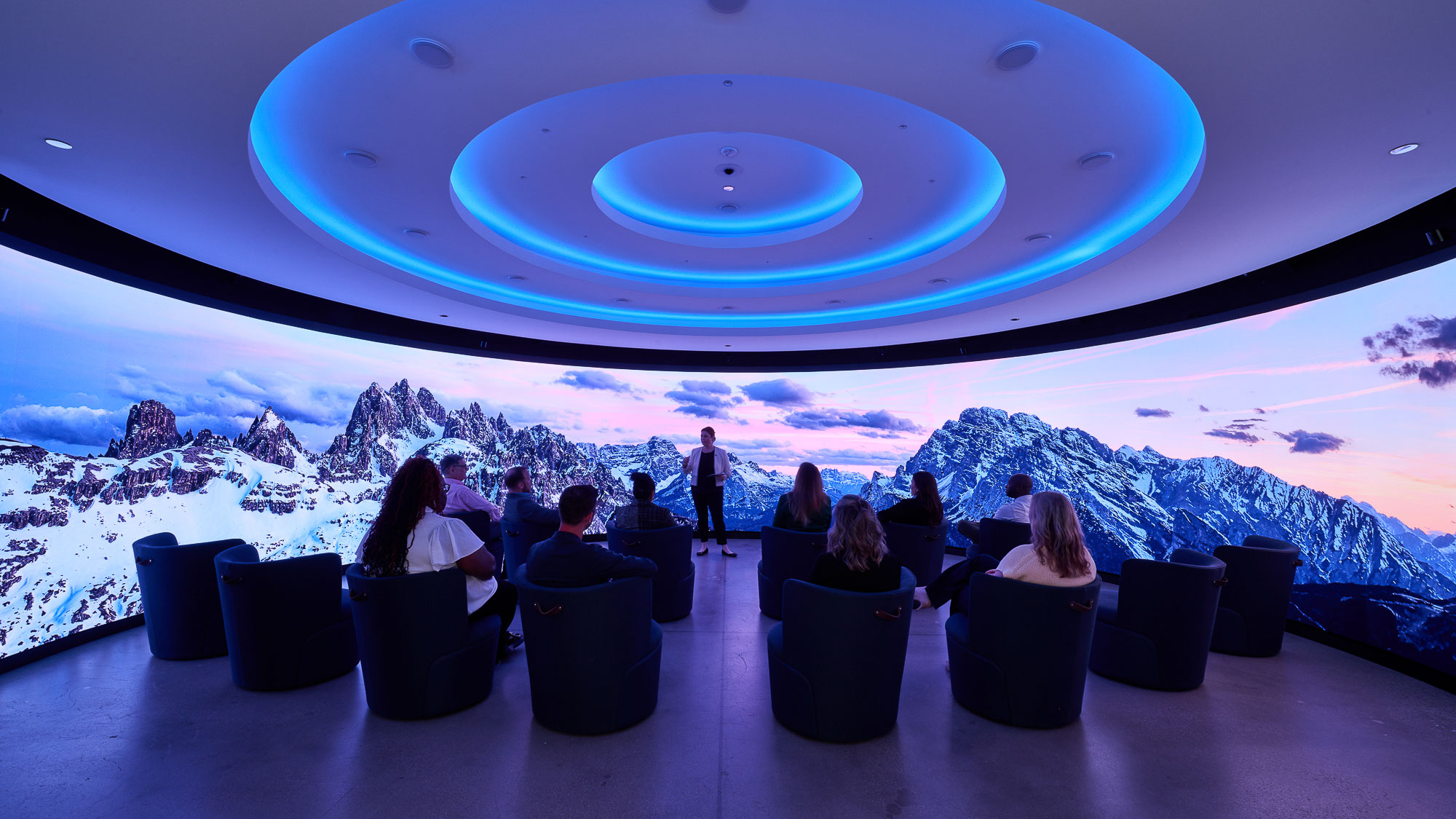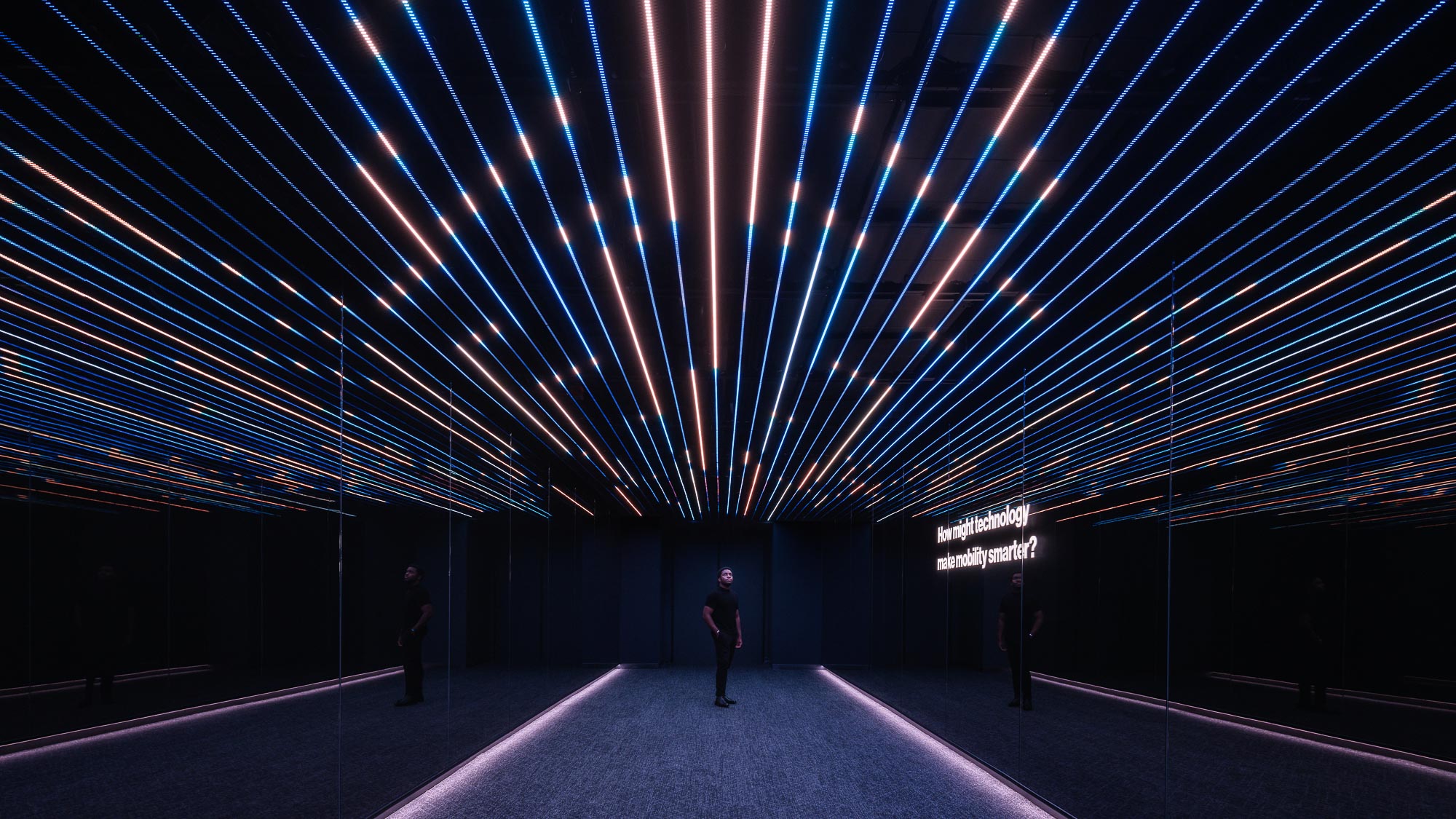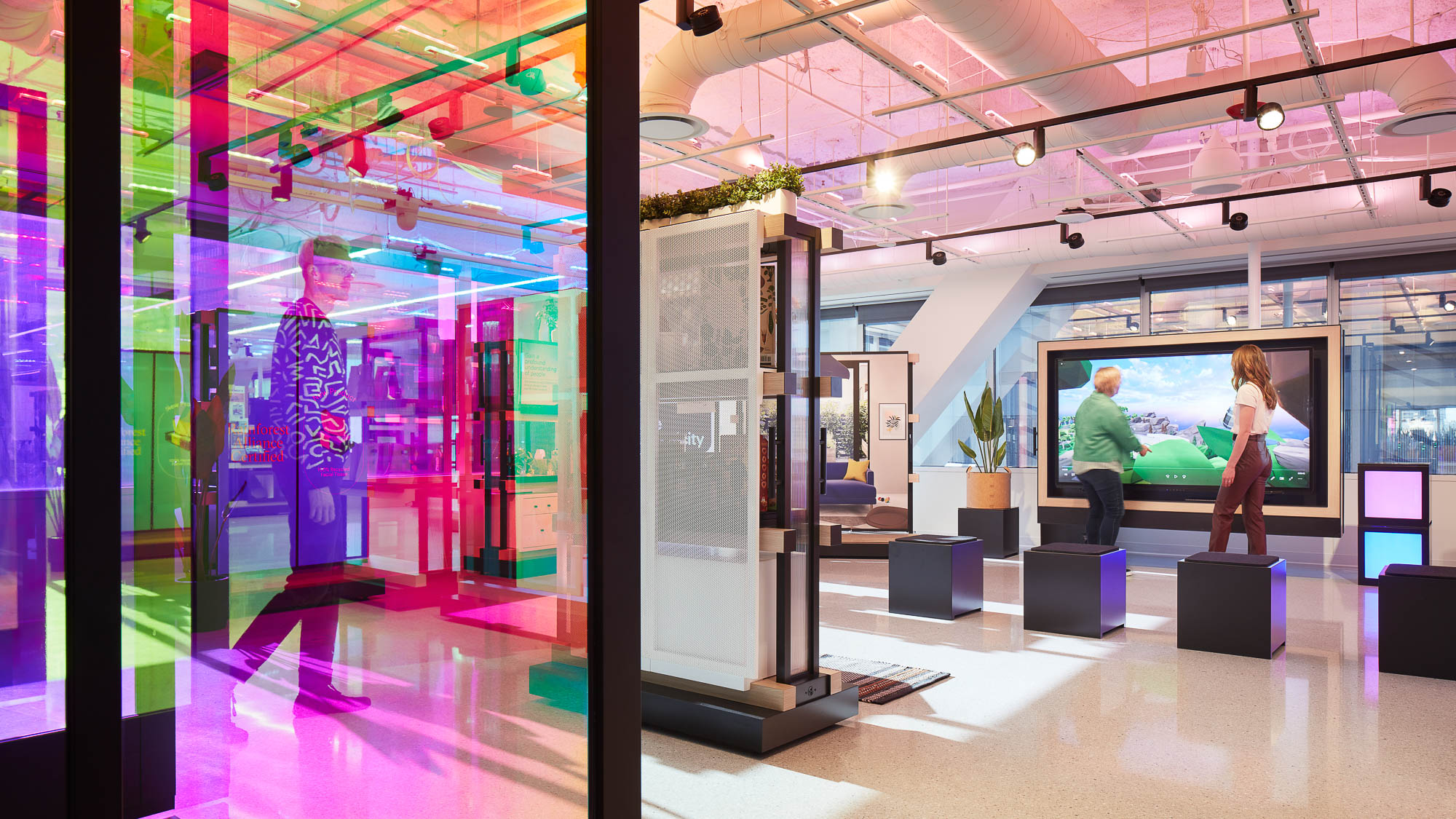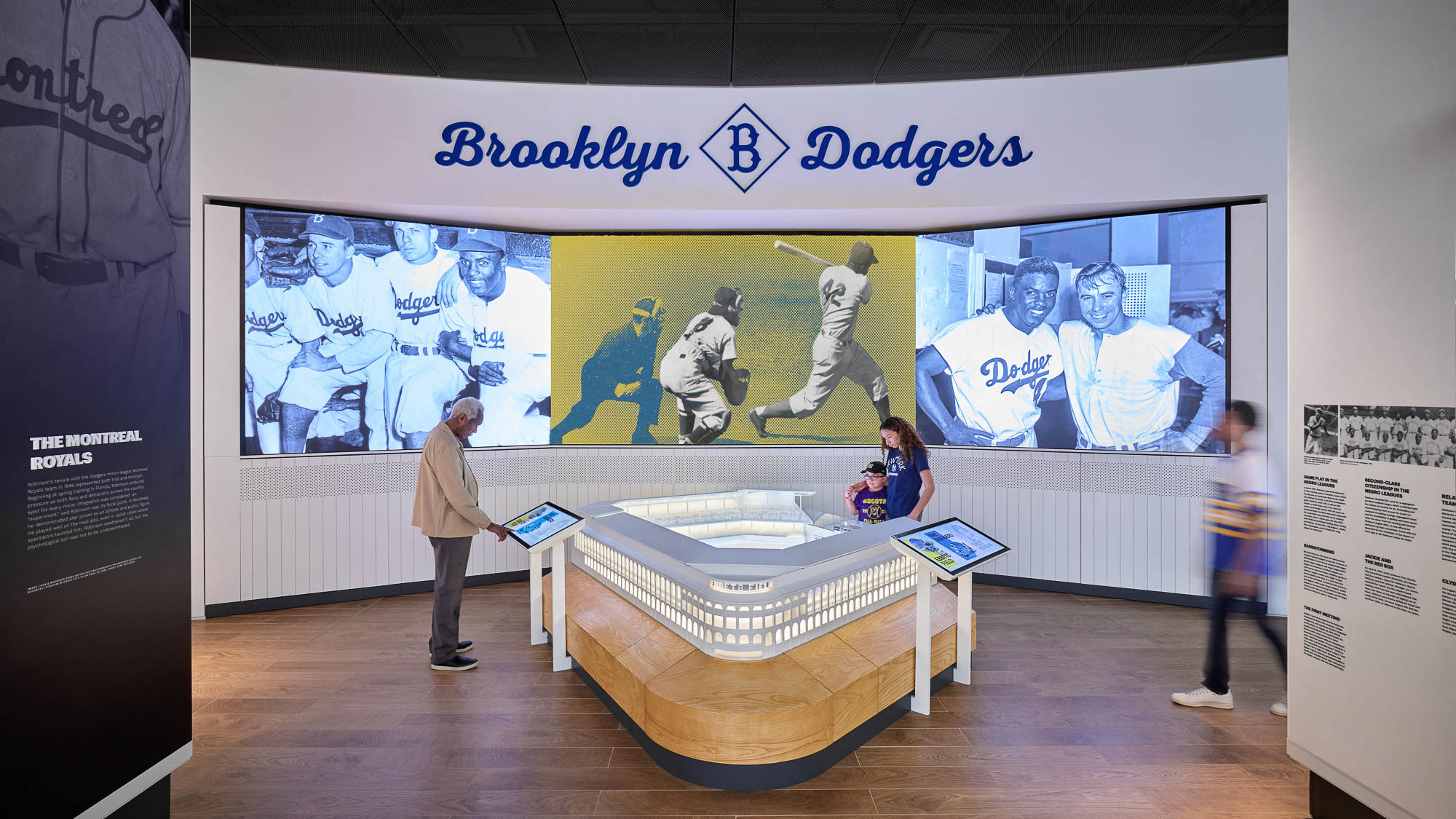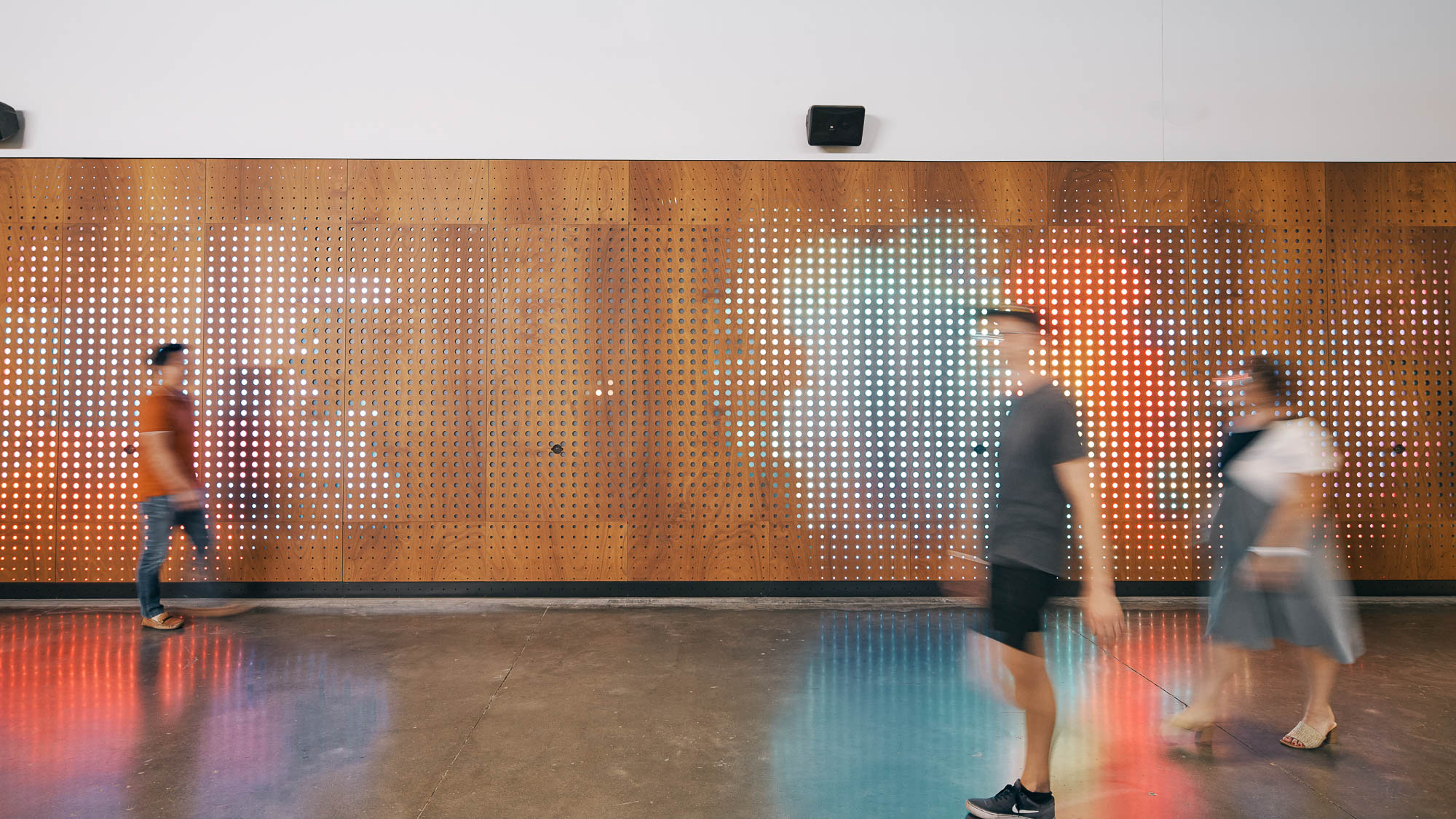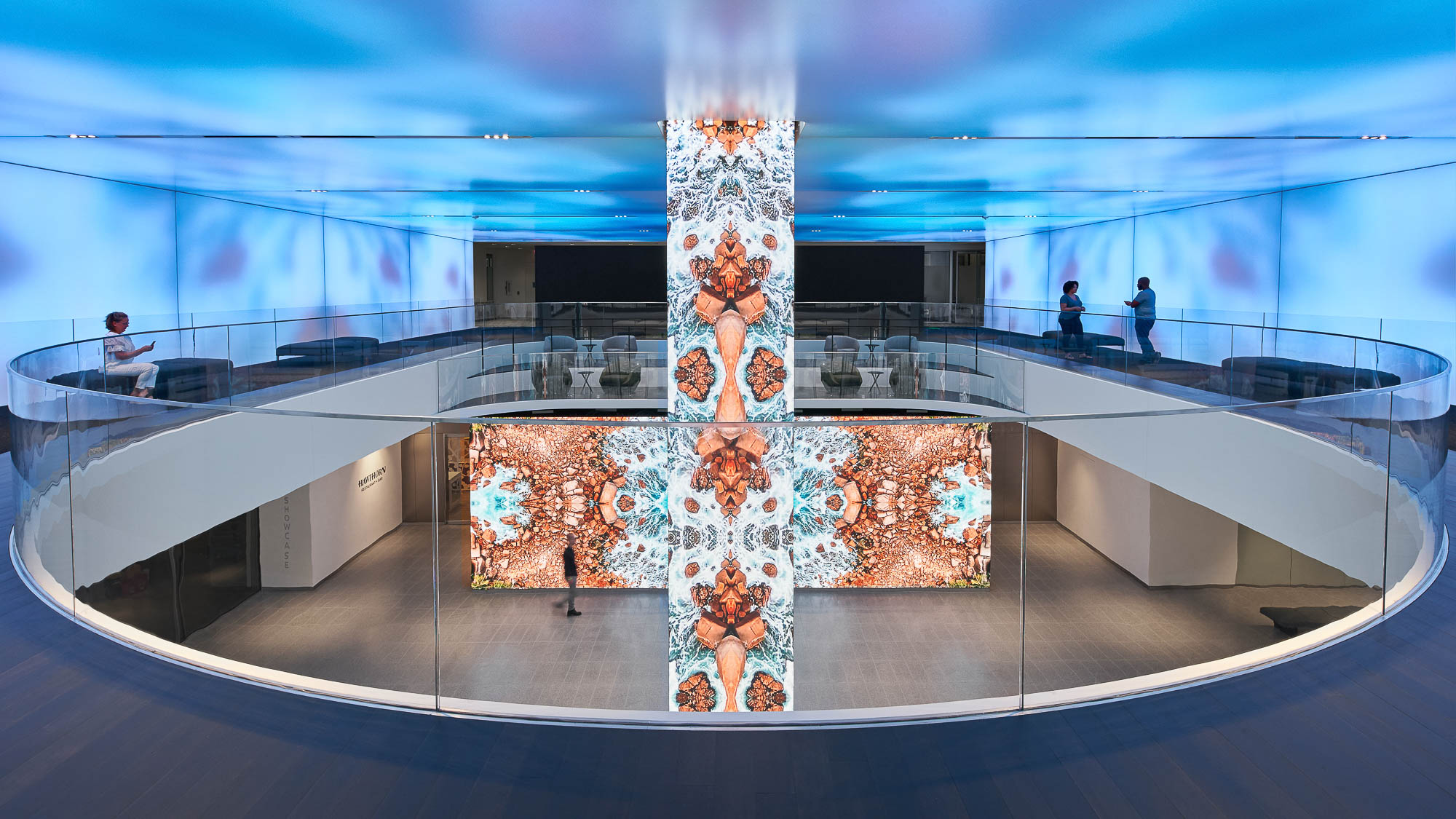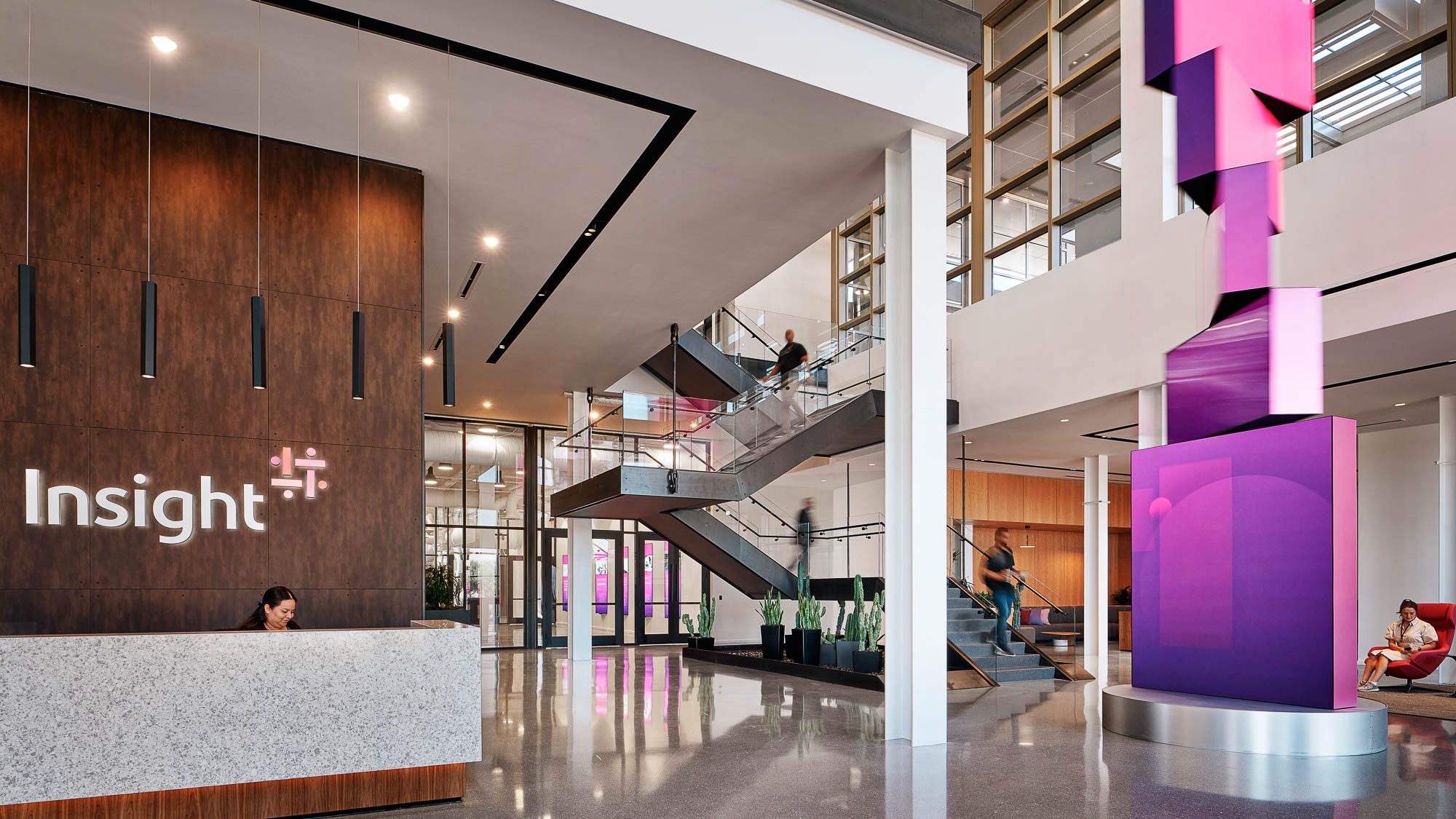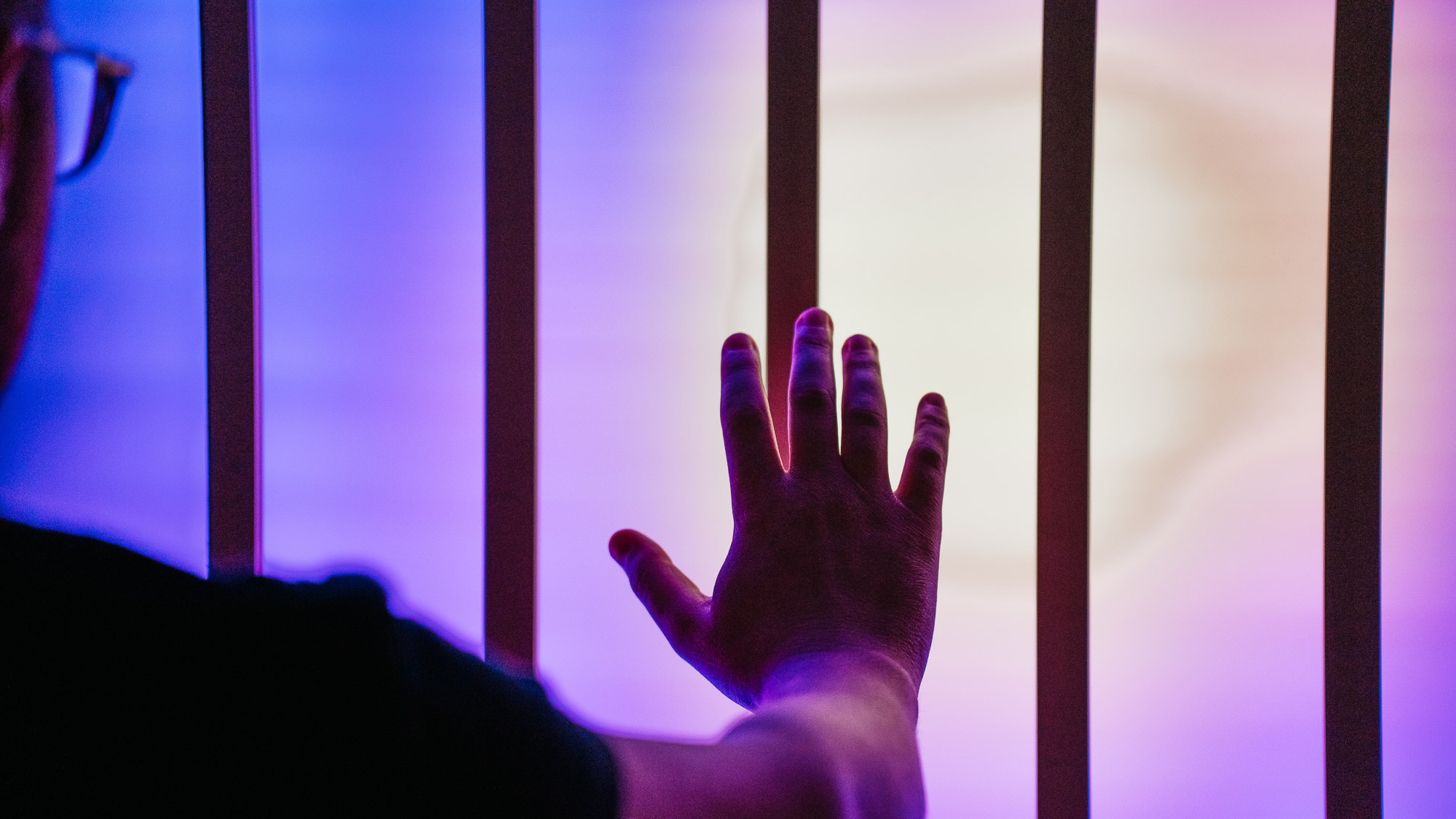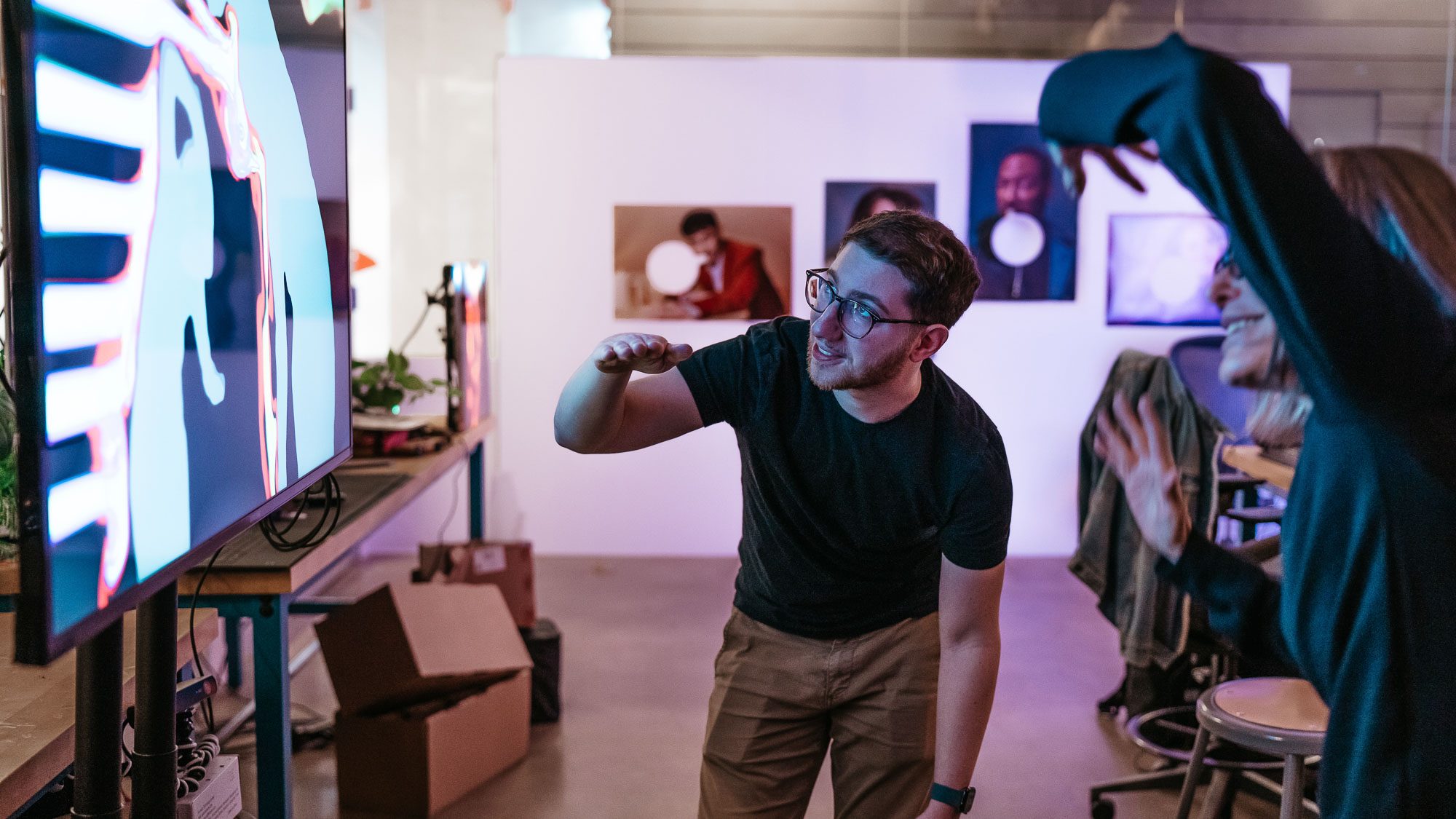Digital Experience Design
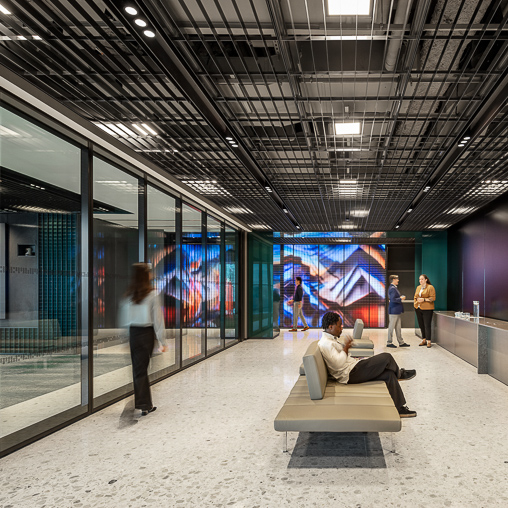
AllianceBernstein at Hudson Yards
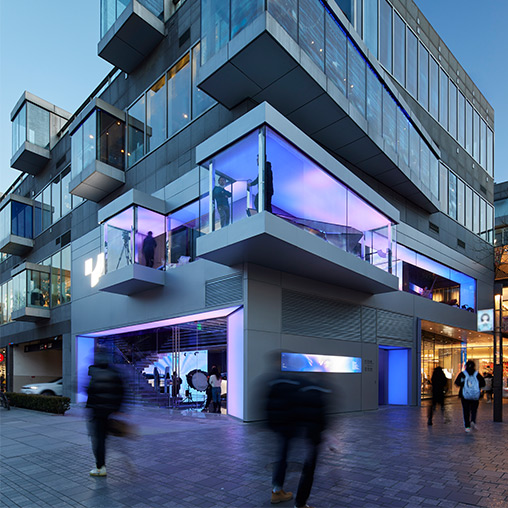
Jidu Experience Center
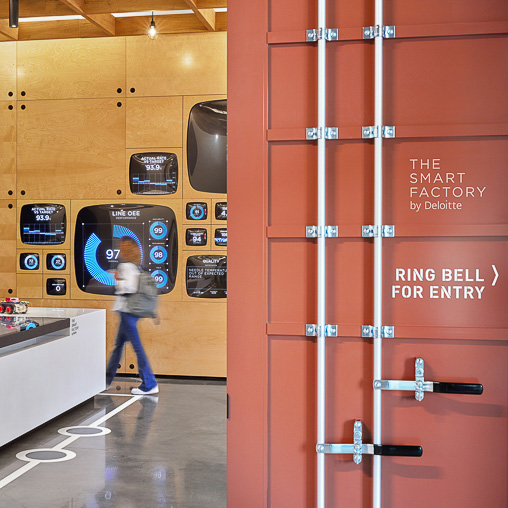
The Smart Factory by Deloitte
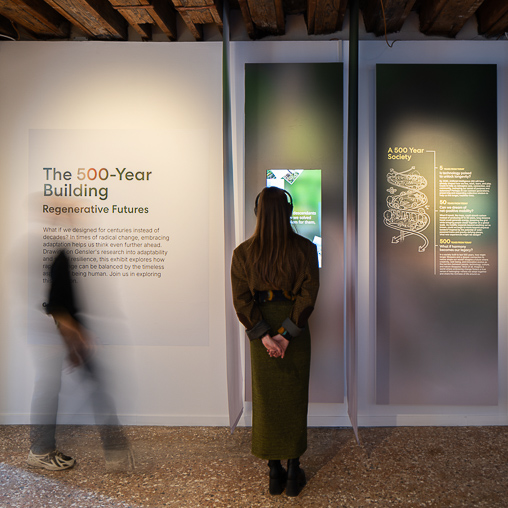
The 500-Year Building
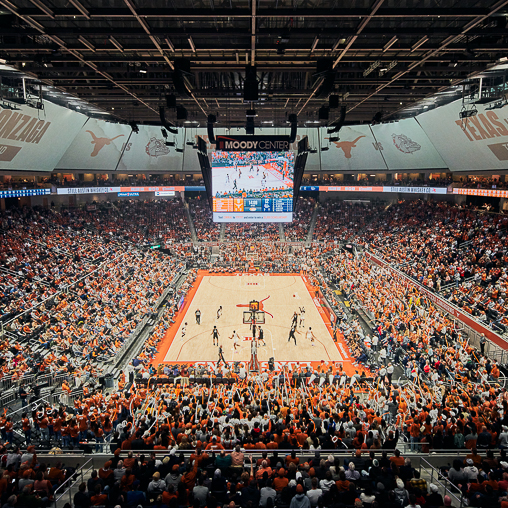
University of Texas at Austin, Moody Center
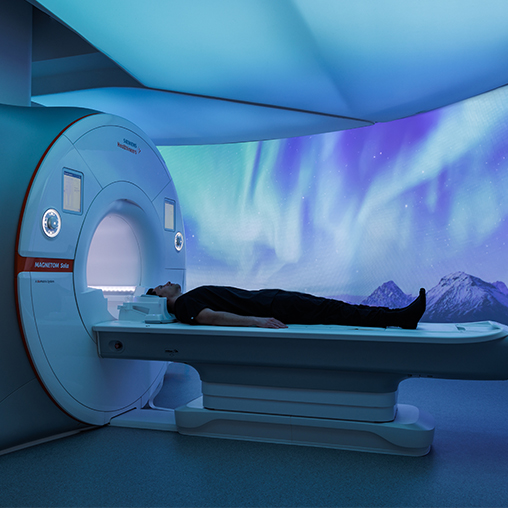
TELUS Health Care Centre
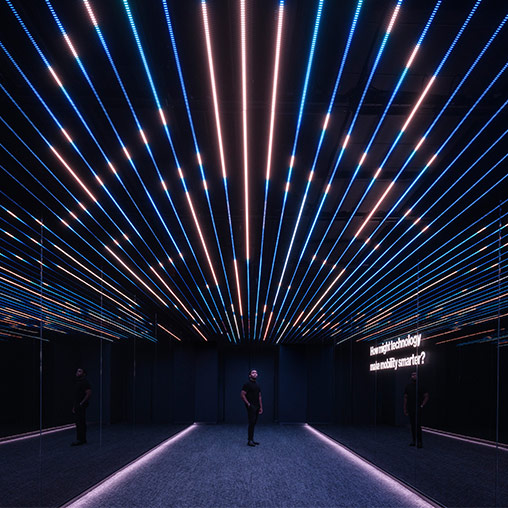
Verizon Innovation Center
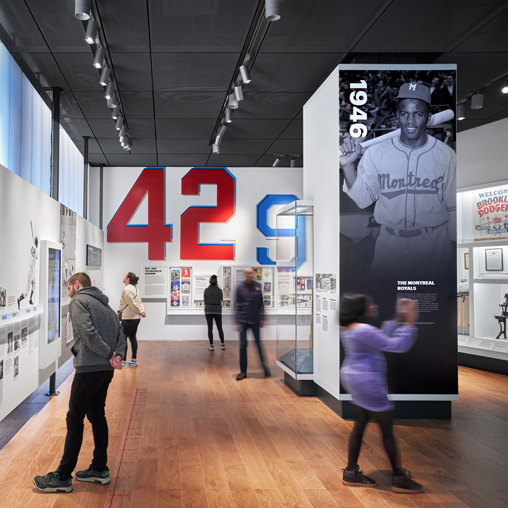
Jackie Robinson Museum
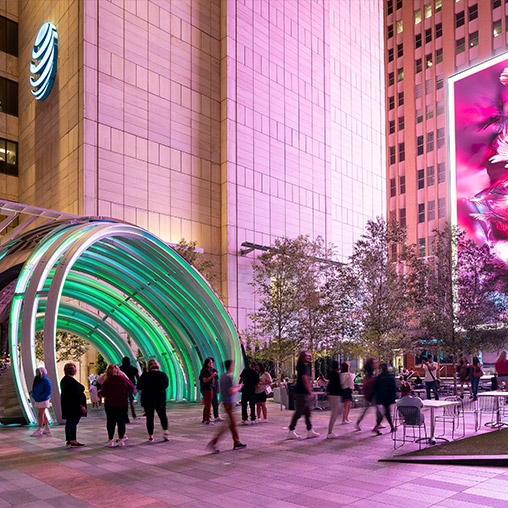
AT&T Discovery District
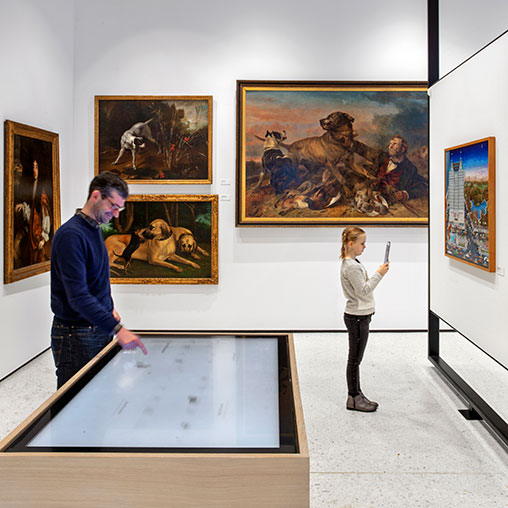
AKC Museum of the Dog:
Experience Design
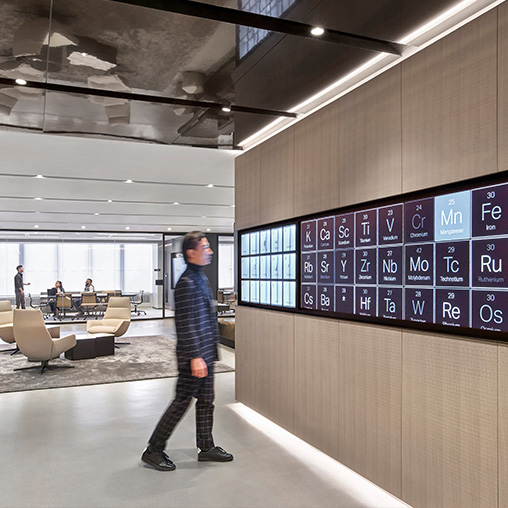
Traxys Headquarters
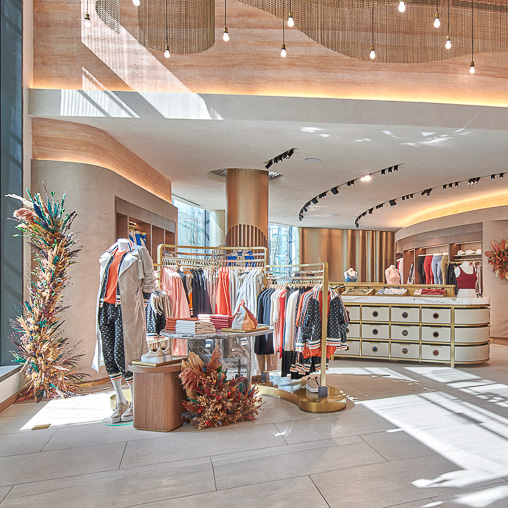
Kayanee
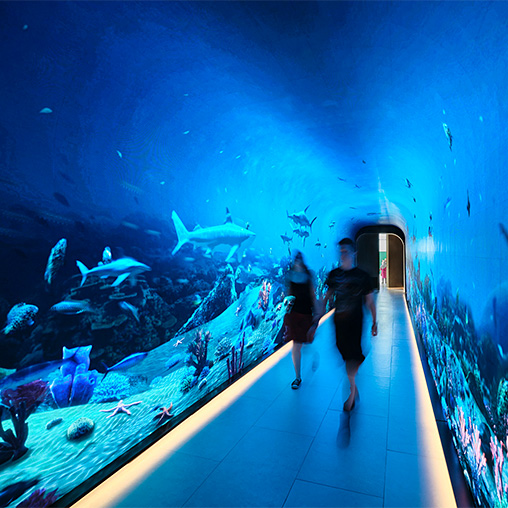
The View at The Palm
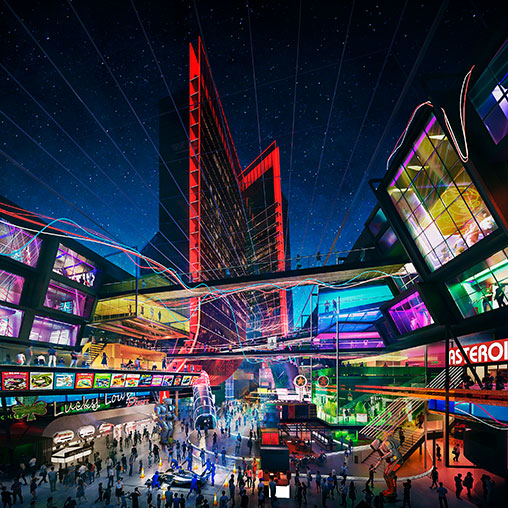
Atari Hotels
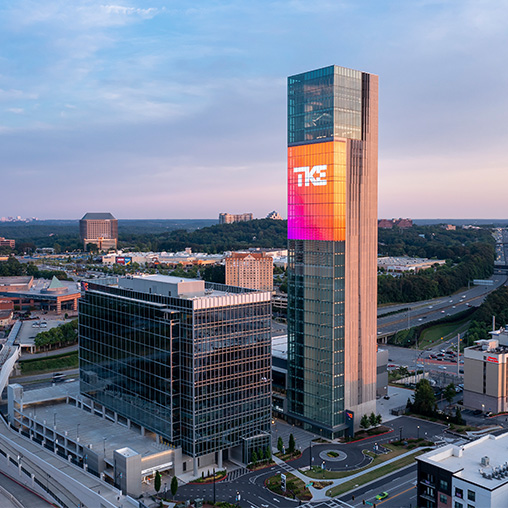
TK Elevator North America Regional Business Support Center
Experience Strategy
Rooted in a human-centered approach to design, Experience Strategy leverages qualitative and quantitative research to develop actionable insights and plan workstreams to achieve business goals. We distill and transform complex inputs into purposeful ideas and storylines to fuel creativity and business value.
Digital Masterplanning
Our Digital Masterplans address technology needs across your portfolio and projects in order to create a cohesive vision for your space. By identifying and defining an ecosystem of digital touchpoints, we form a holistic view of your experience landscape while mapping opportunities.
Connected Environments
We depend on ubiquitous connectivity, touchless solutions, mobile access, and data intelligence to enable seamless digital experiences. Our Connected Experiences team guides the process of defining user expectations for your space and understanding the technology landscape to support design decisions to achieve goals.
Digital Placemaking
Digital Placemaking enriches the connection between people and their environments by delivering immersive experiences and memorable interactions with architecture. Shared experiences deepen and increase in value as our evolving set of tools enable us to live, work, and play in new ways.
Content Production
Rich, dynamic content is essential to memorable storytelling and it’s the message that gives a medium its value. Our Content Production Studio delivers a full suite of capabilities, including narrative, interactive, ambient, dynamic, and mixed-reality content development.
Software Solutions
We deliver experience-focused software for the unique needs of the built environment. From streetscapes and plazas to dramatic entrances and thriving workplaces, we create software-enabled environments that seamlessly integrate visual, audio, and interactive elements within a single, dynamic platform.
Support & Maintenance
We create resilient and sustainable experiences by providing expert design and technical support, training operations staff to manage the system, and proactively monitoring and maintaining digital experiences to prevent issues. We update digital experiences by adding fresh content and functionality.
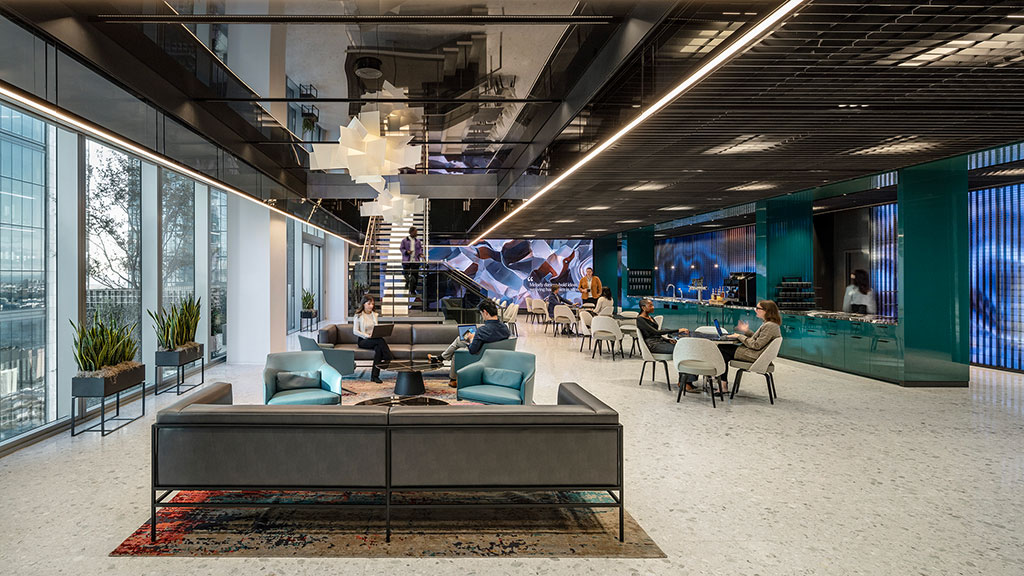
Human and ‘Digital Employee’ Collaboration Will Transform Workplace Design
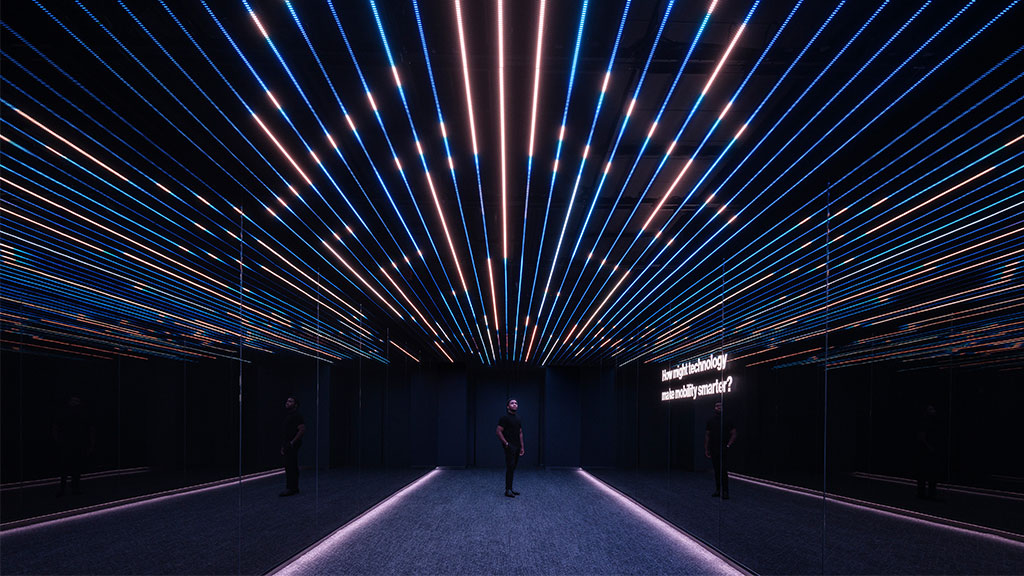
Experience Design Trends 2025
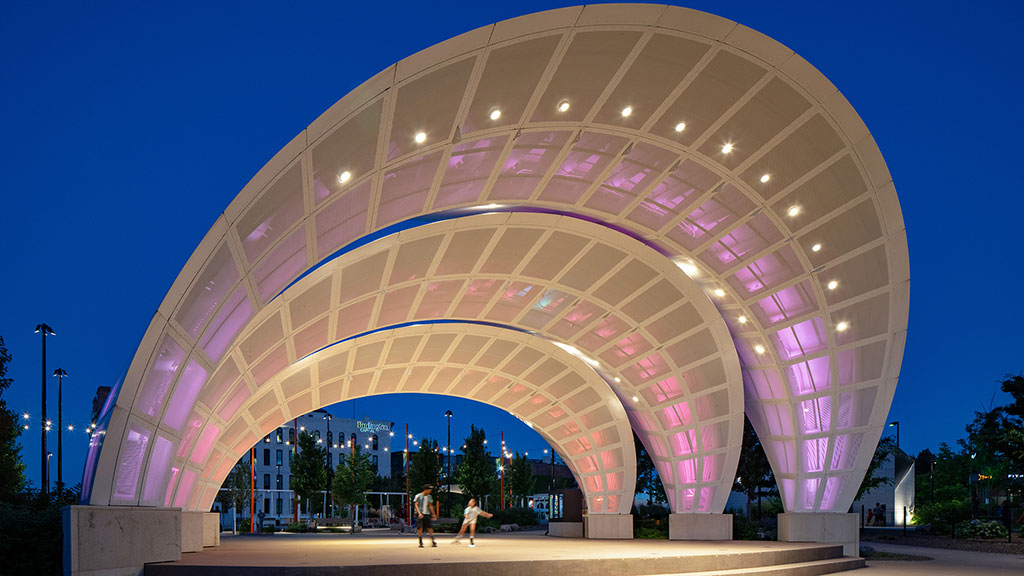
Designing for the Future of Theater and Immersive Entertainment
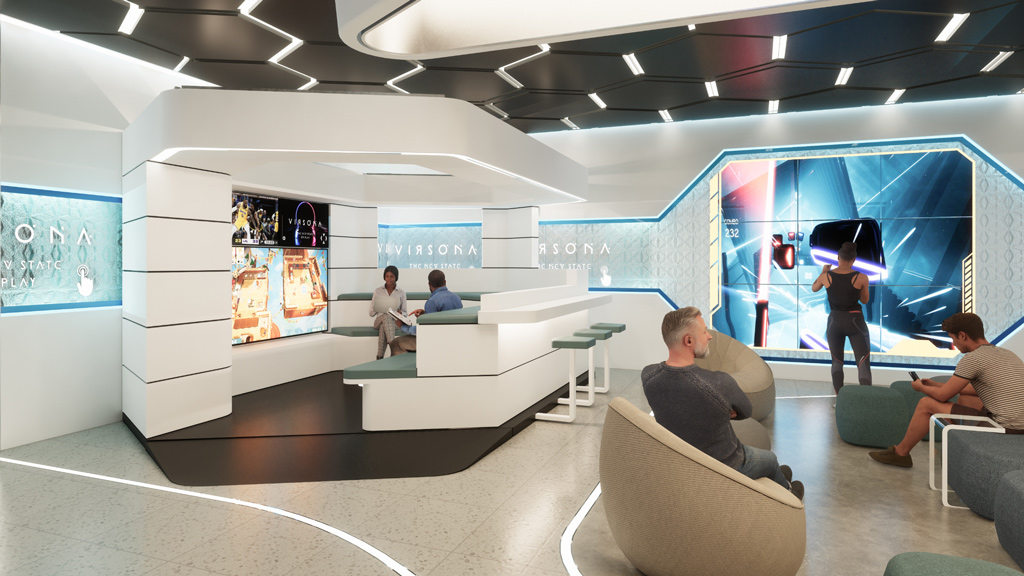
Realizing Virsona’s Vision for Interactive, Community-Driven Gaming Spaces
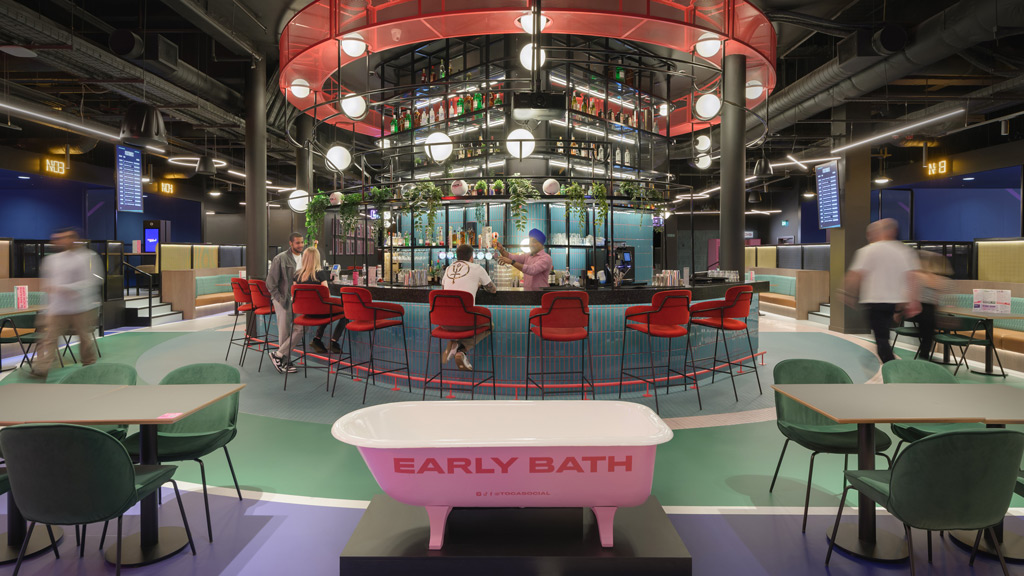
How Immersive Food and Beverage Experiences Are Redefining Hospitality
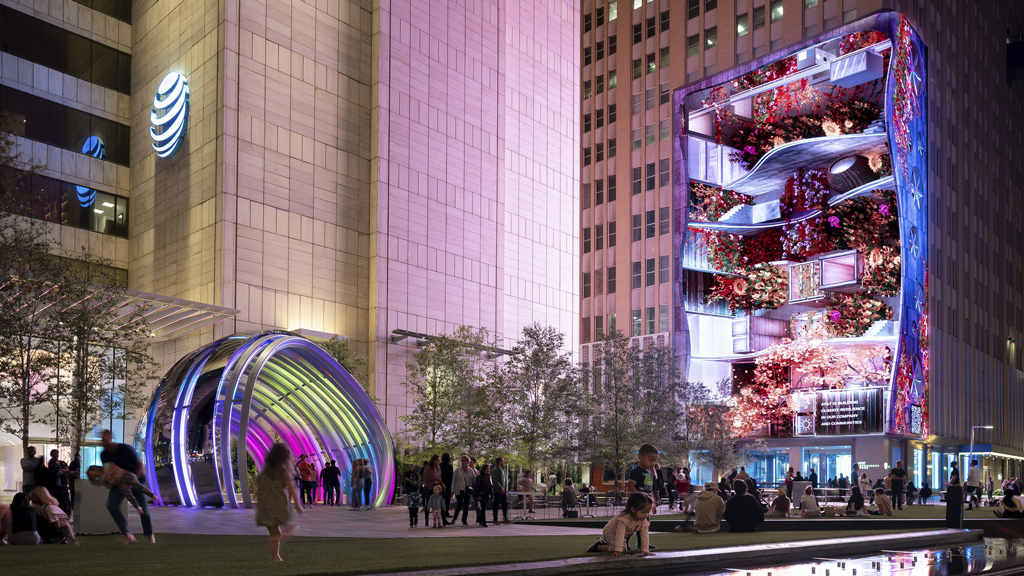
Reimagining Digital as an Enhanced Building Material
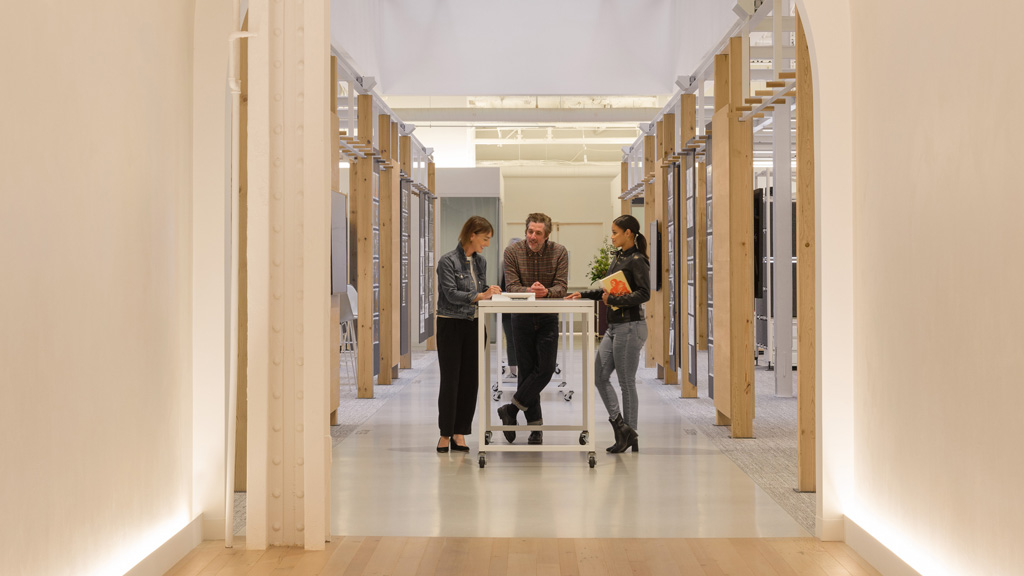
Redefining the Workplace for a New Era of Productivity and Engagement
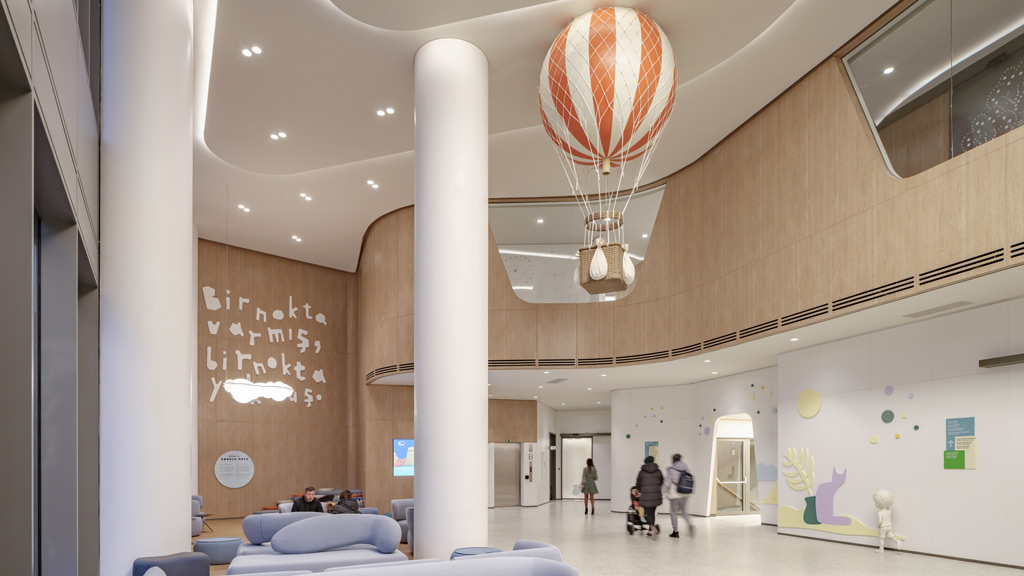
What Spa and Wellness Spaces Can Teach Us About Transforming Behavior
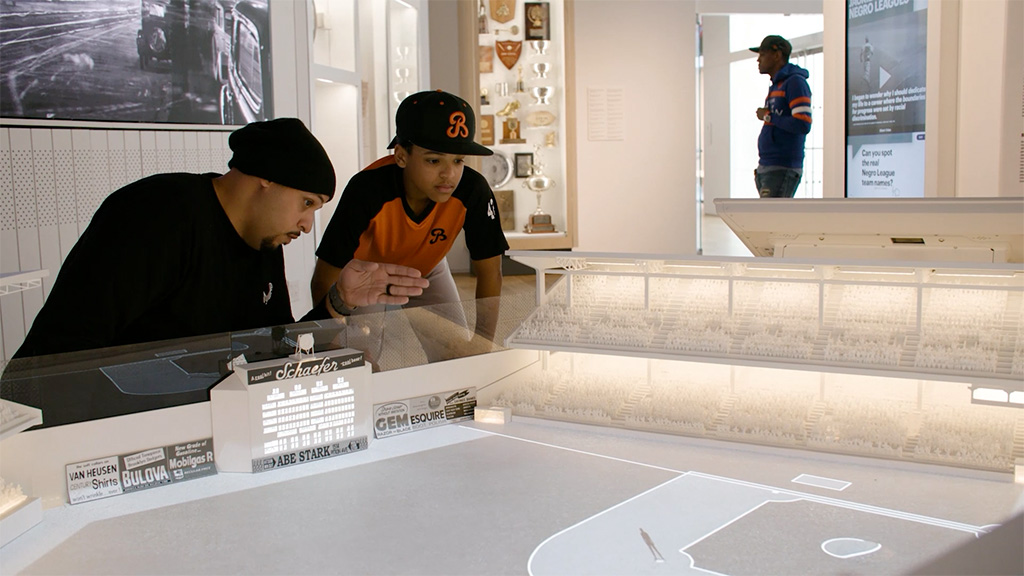
Beyond the Screen: Exploring the World of Museums and Experiential Technology
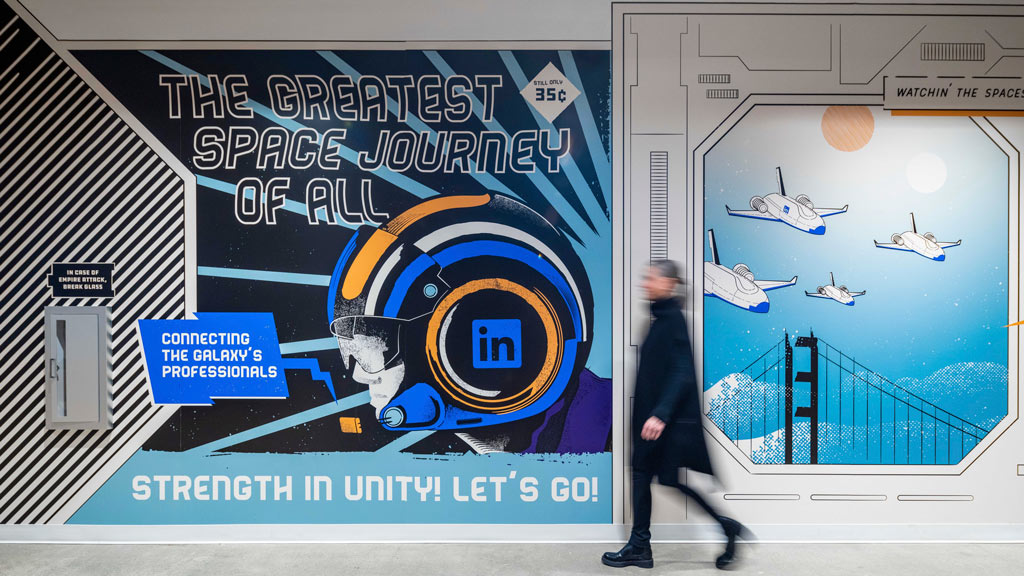
Worldbuilding: Creating Transformative Experiences With Narrative Design
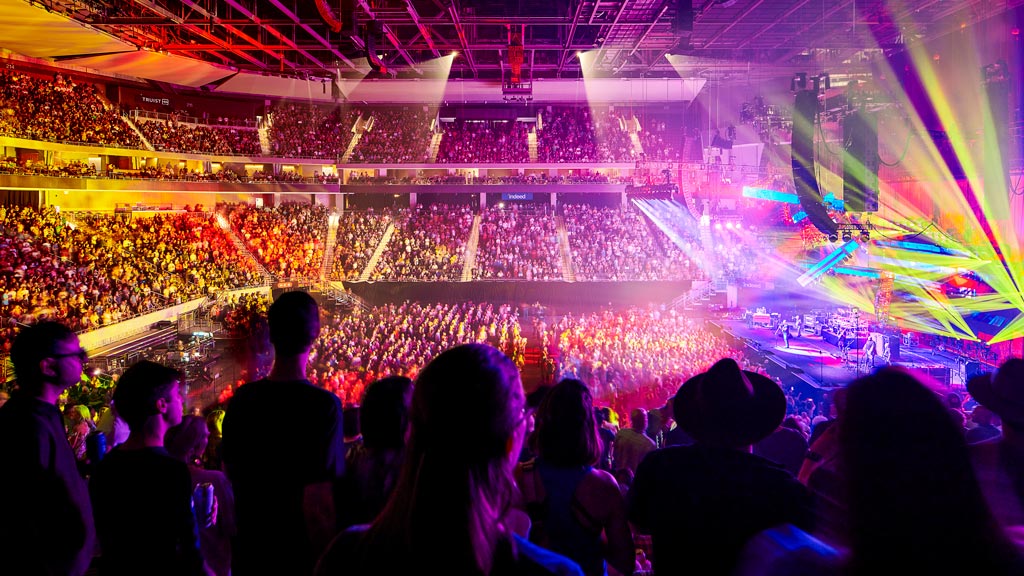
How Technology Is Redefining the Fan Experience at Sports and Music Venues
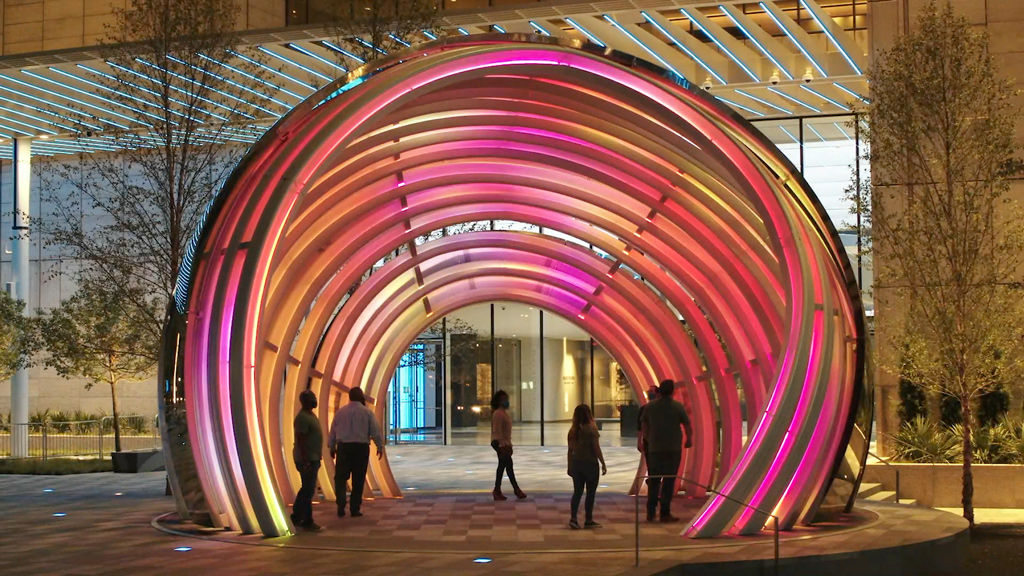
Designing with Intention: Creating Emotional Connections Through Immersive Experiences
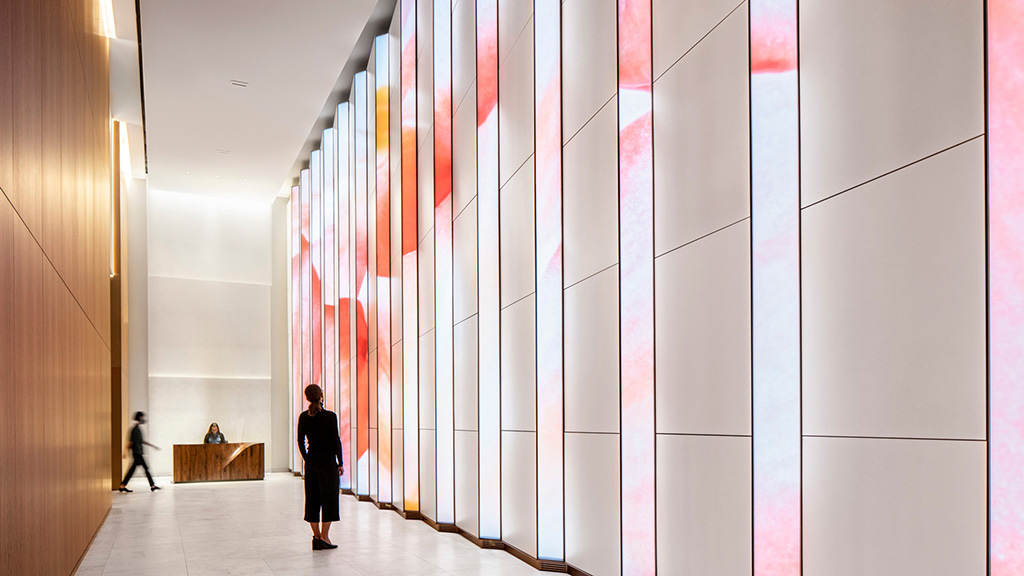
The Future of Workplace Experience Is Here: How AI Is Transforming Spaces
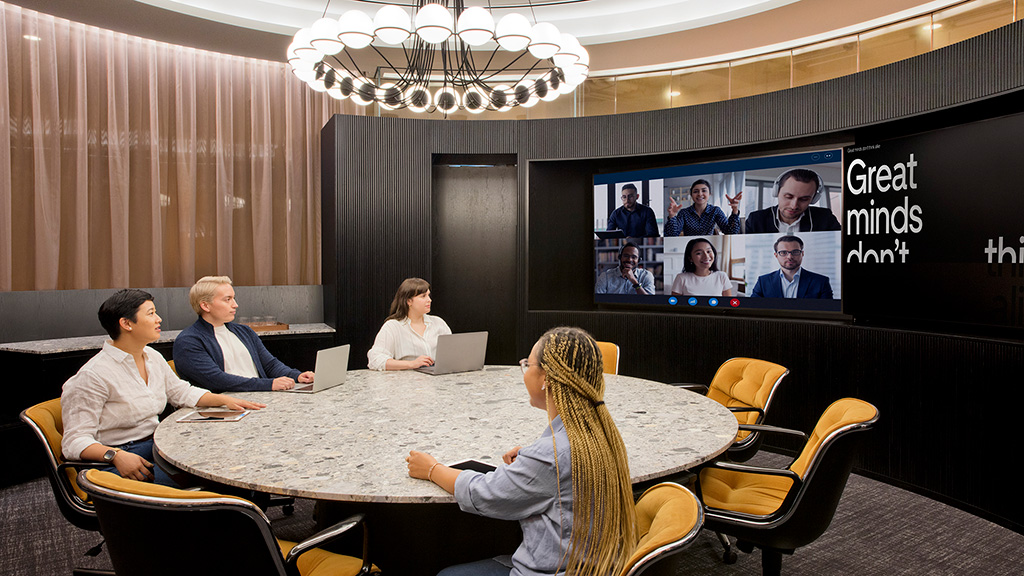
How the Tech-Enabled Workplace Can Create Better Hybrid Experiences
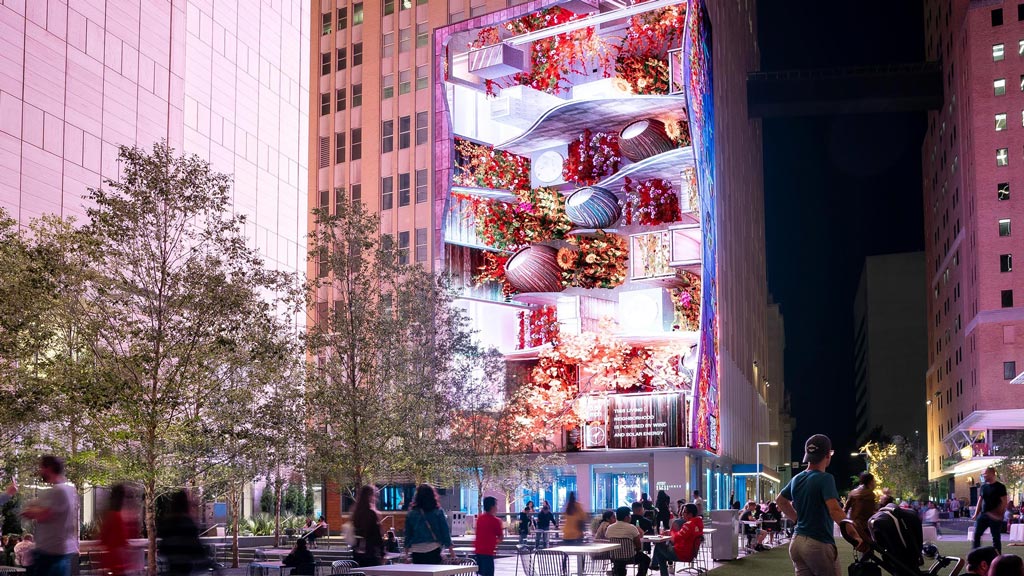
Driving Sustainability Through Digital Experience Design
Digital experience design turns brands into living stories.
Brands transform physical environments into immersive storytelling platforms. Customer experience centers, both public and private, use interactive media and localized content to create emotionally resonant, culturally attuned experiences that evolve with the audience.
The workplace enters a new era of intelligence.
Sensing technology has advanced enough to generate and respond to real-time data, allowing designers to transform buildings into “living labs” — fluid, ever-evolving spaces that learn and grow alongside occupants. In the workplace, built-in tech can recognize the habits and preferences of individuals to enhance comfort, increase productivity, and quickly personalize spaces.
Technology extends the boundaries of care.
Digital systems transform care delivery, enabling hyper-personalized experiences that respond to each patient’s physical and emotional needs. Real-time data connects patients and providers before, during, and after visits, creating compassionate, anticipatory care that extends wellness beyond place. From curbside wheelchair delivery to systems that protect vulnerable patients, the fusion of digital and physical design enables providers to care more deeply and intelligently.
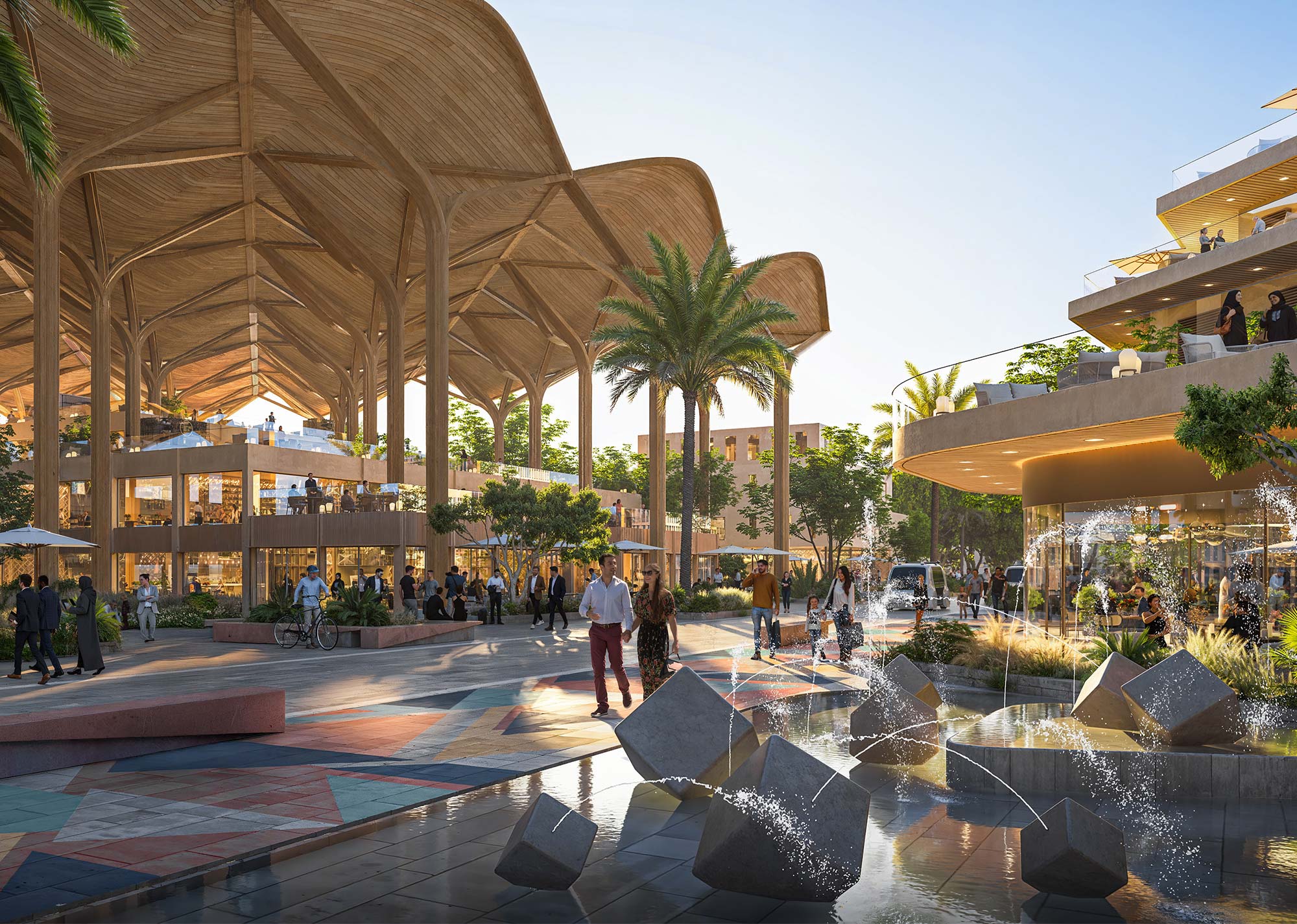
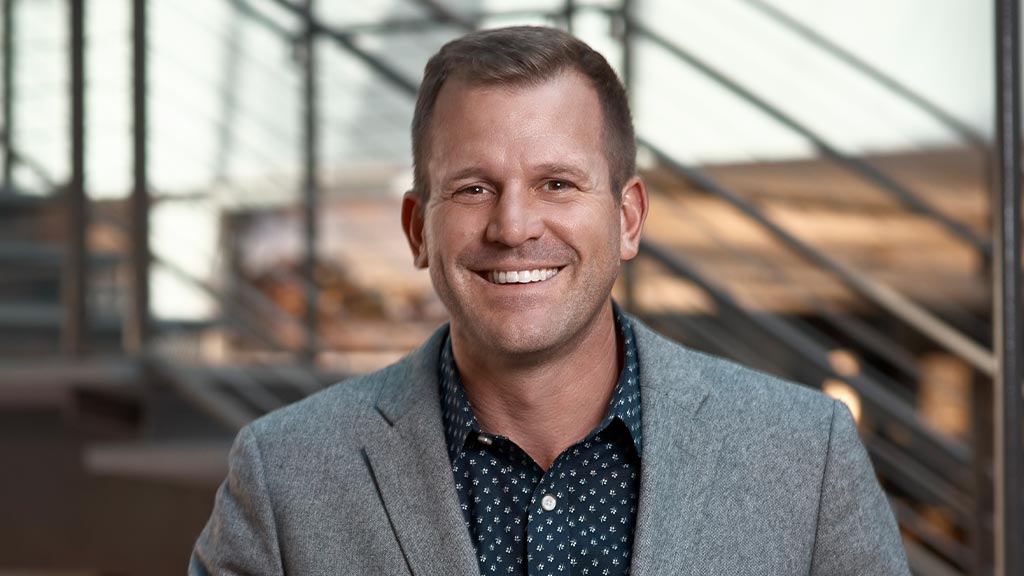
Robert Bischoff
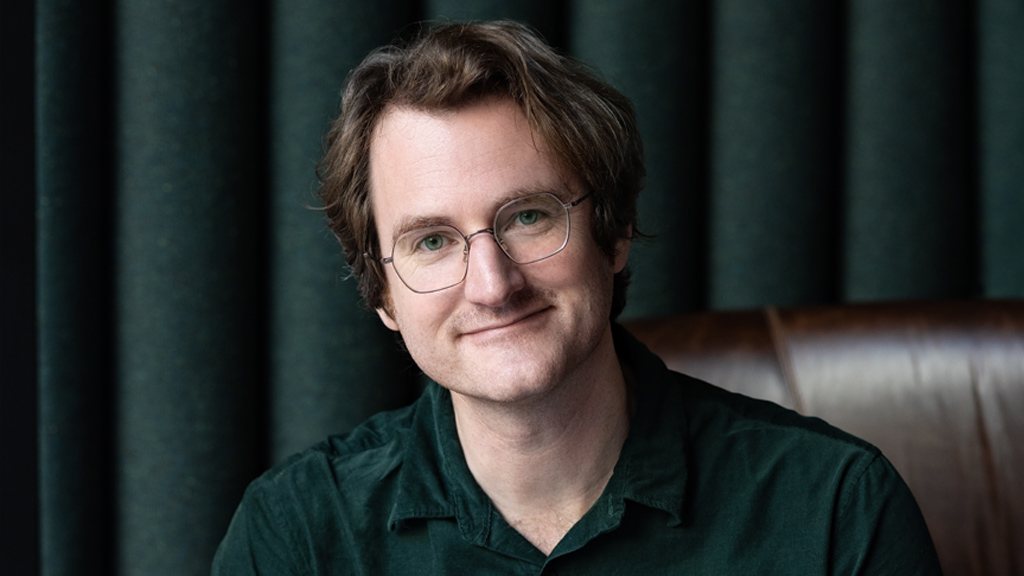
Greg Gallimore
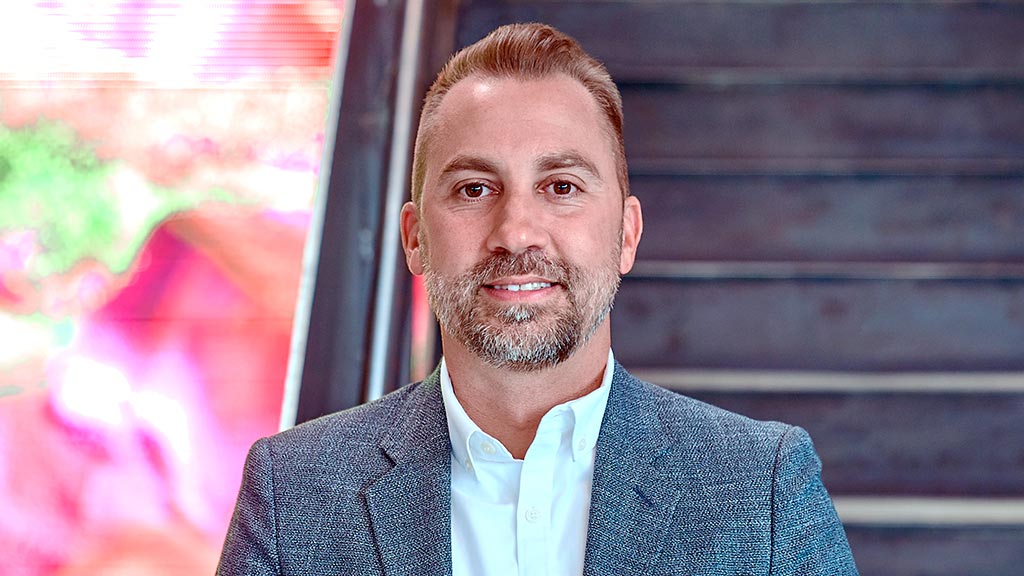
Justin Rankin
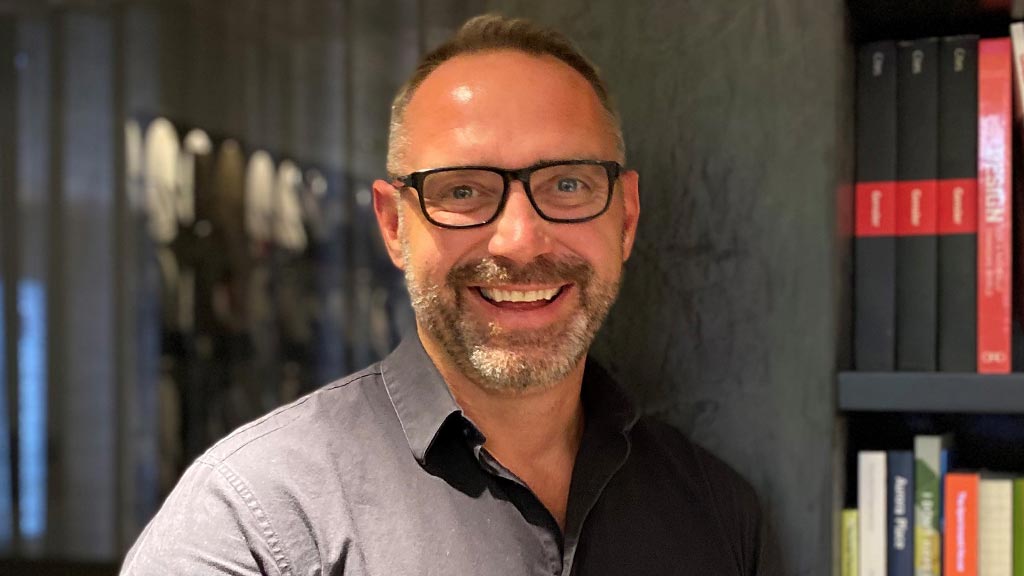
Robbie Robertson
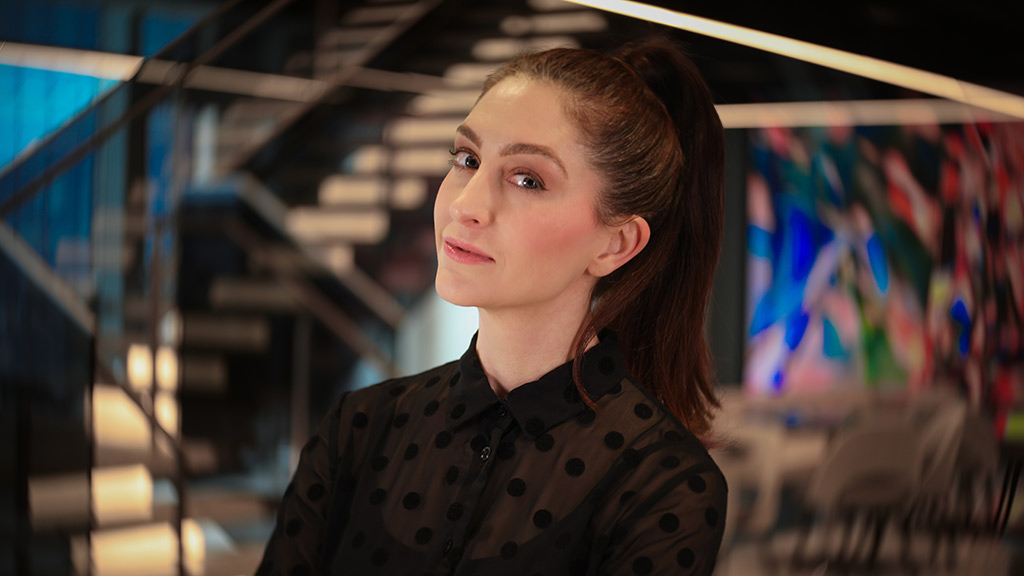
Arianne Wotzka
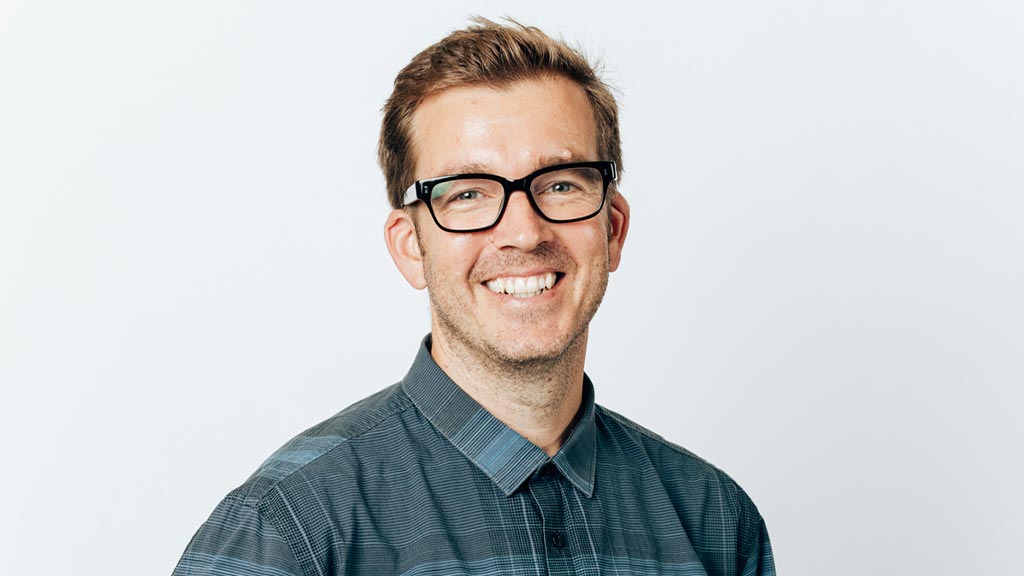
Gabby Shawcross
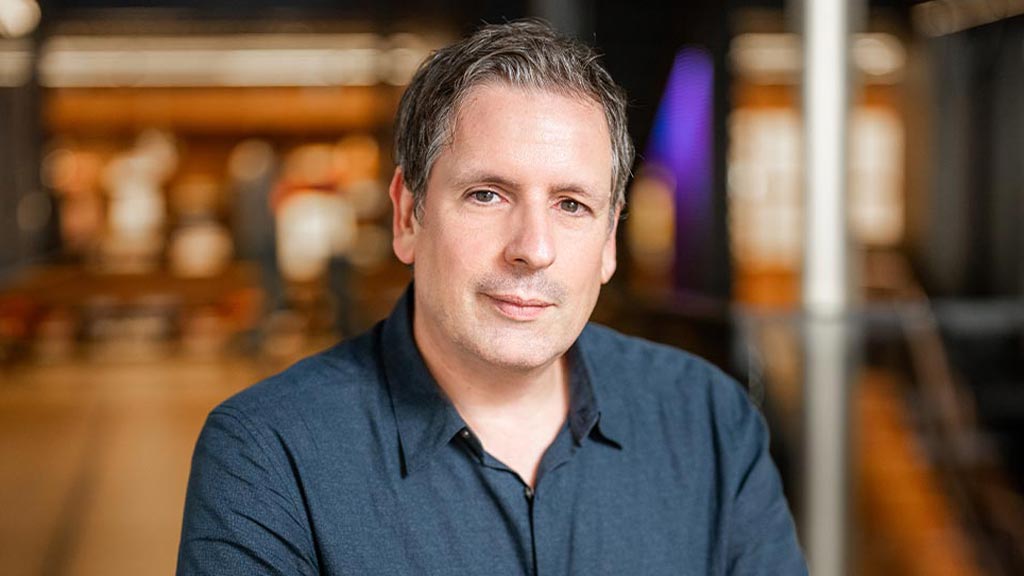
Eran Sharon
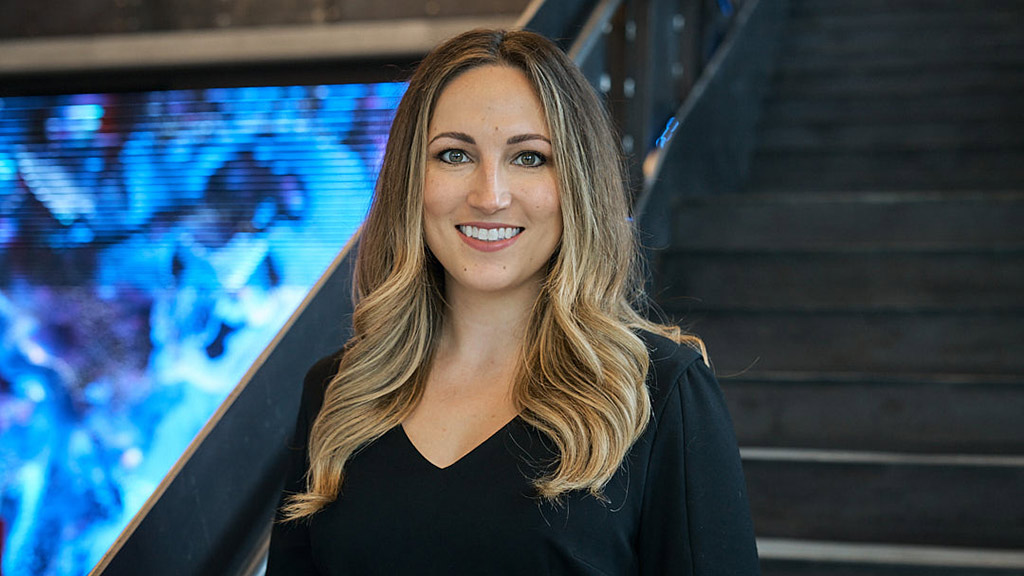
Kelley Hyatt
_1738807113.jpg)
Alison Kane
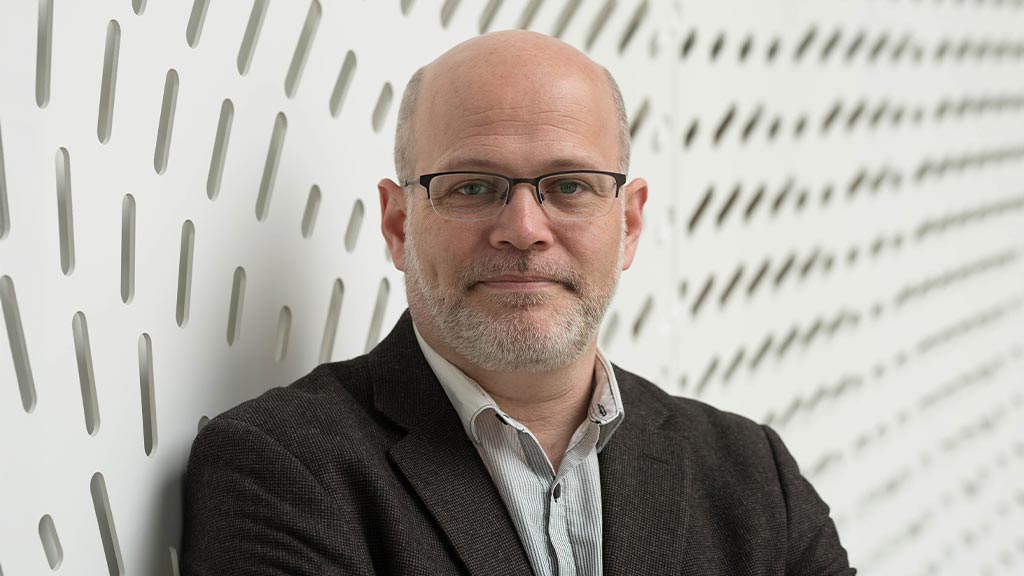
David Glicksman
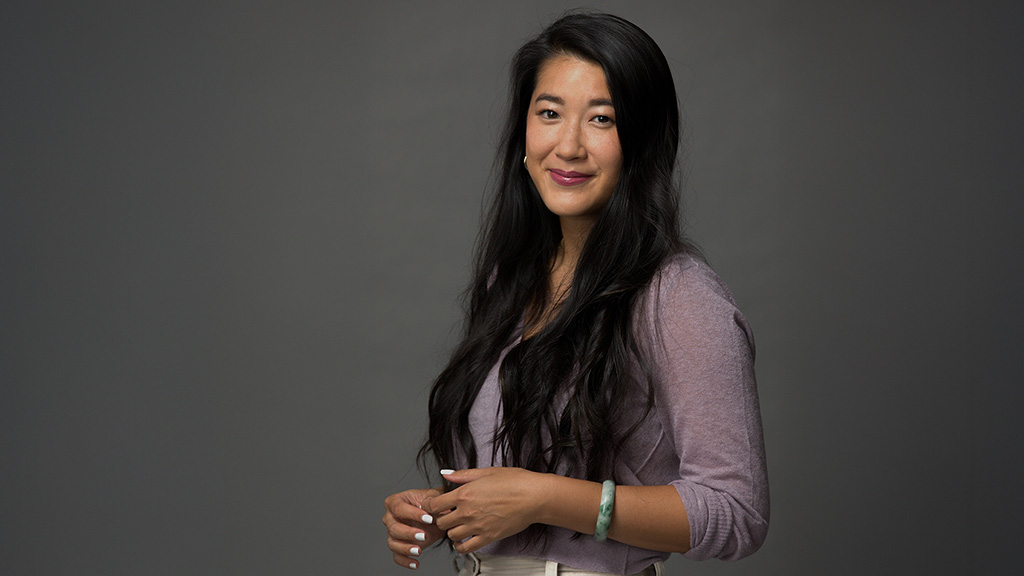
Miranda Fung
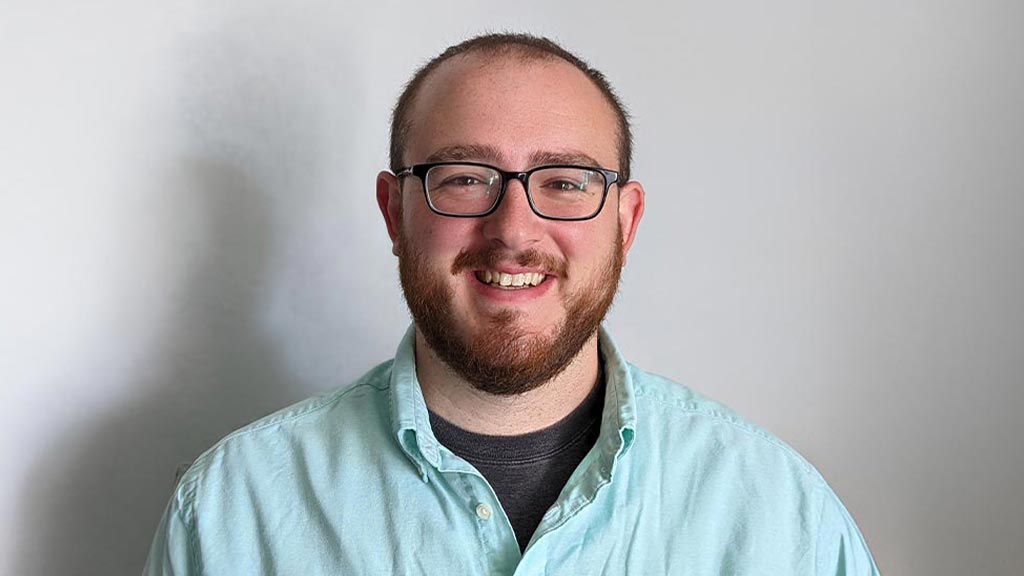
Jordan Parsons
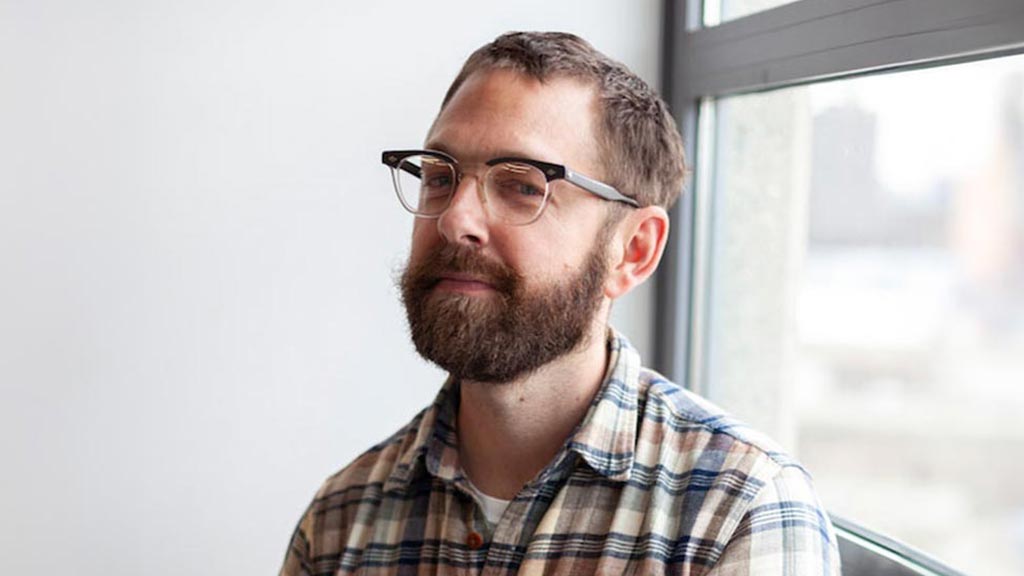
Ryan Rowlett
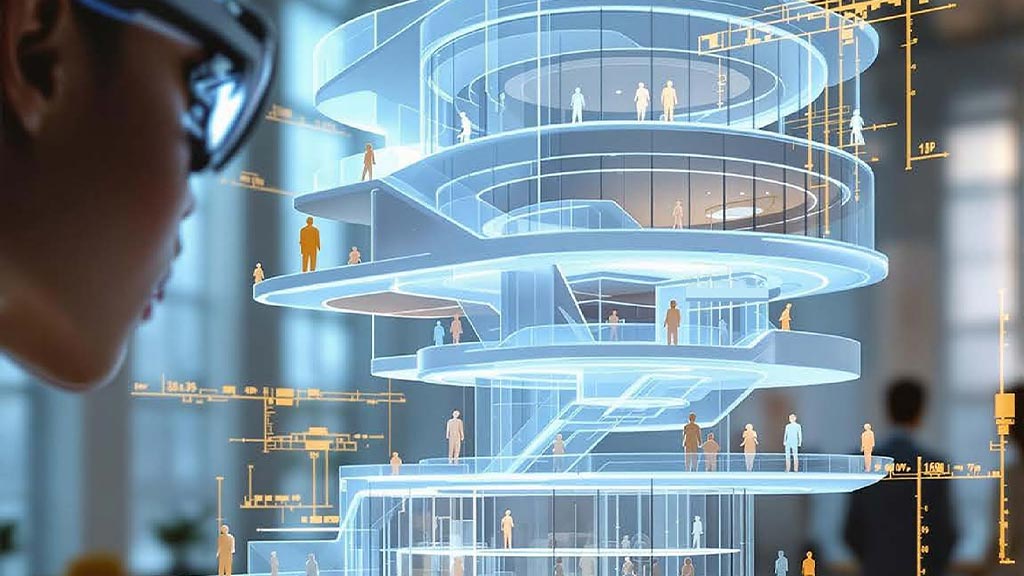
How Gensler Is Leveraging AI To Transform Architectural Renderings Into Narrative-Driven Storytelling Tools
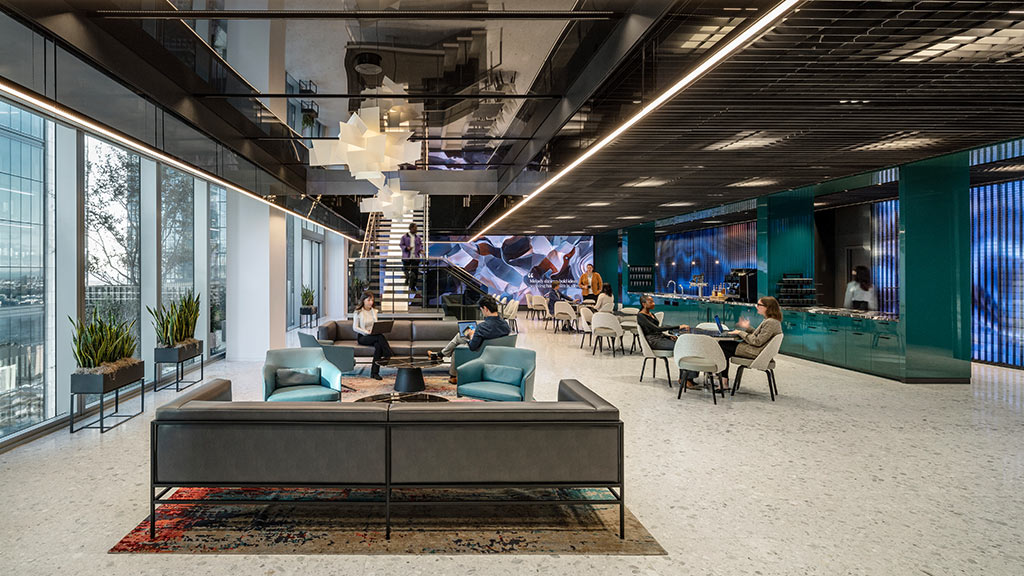
AllianceBernstein’s New Hudson Yards Office Reflects a Forward-Thinking Approach to Workplace Design
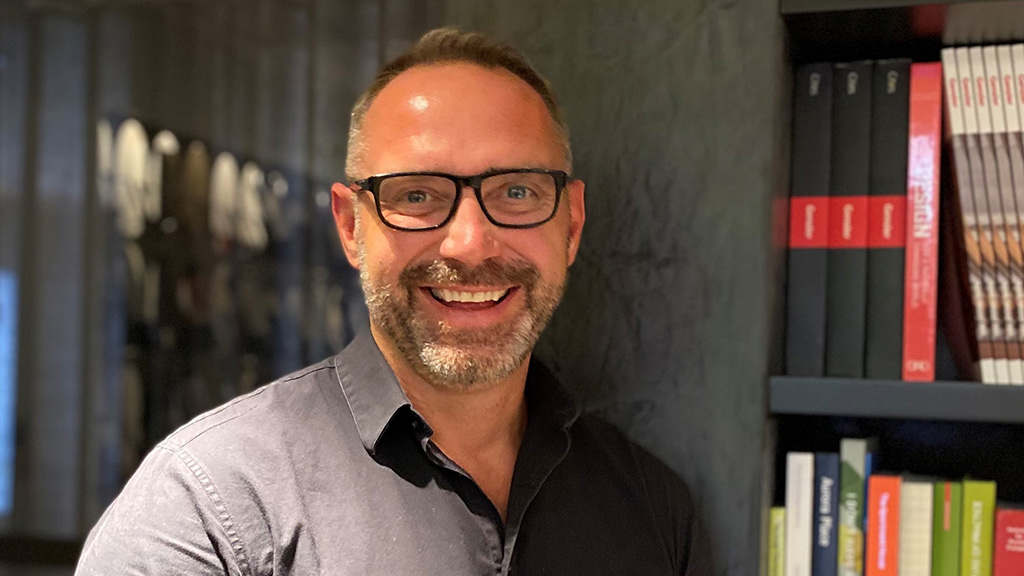
InDesign Live Featured a Podcast Interview With Digital Experience Design Leader Robbie Robertson
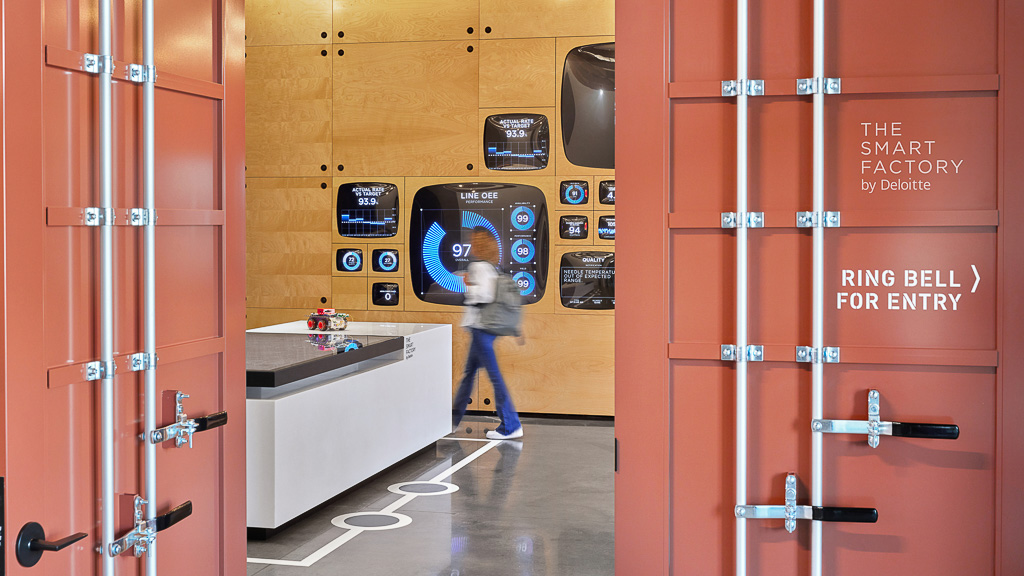
The Smart Factory by Deloitte @ Wichita Is a 2025 Winner of the Communication Arts Annual Interactive Design Competition
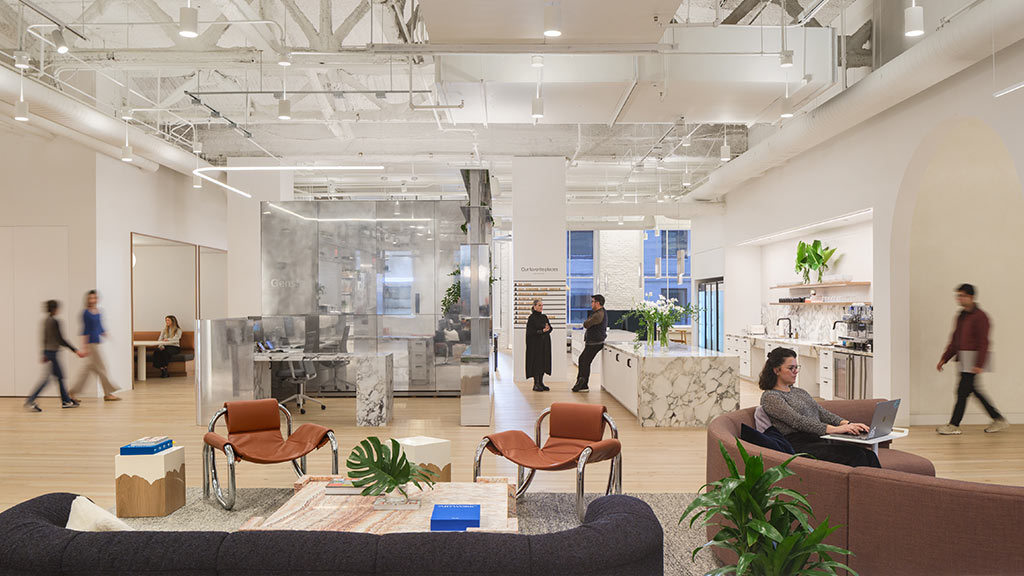
How Companies Are Offering Flexibility With the ‘Place of Work’ Being Just One Part of the Equation
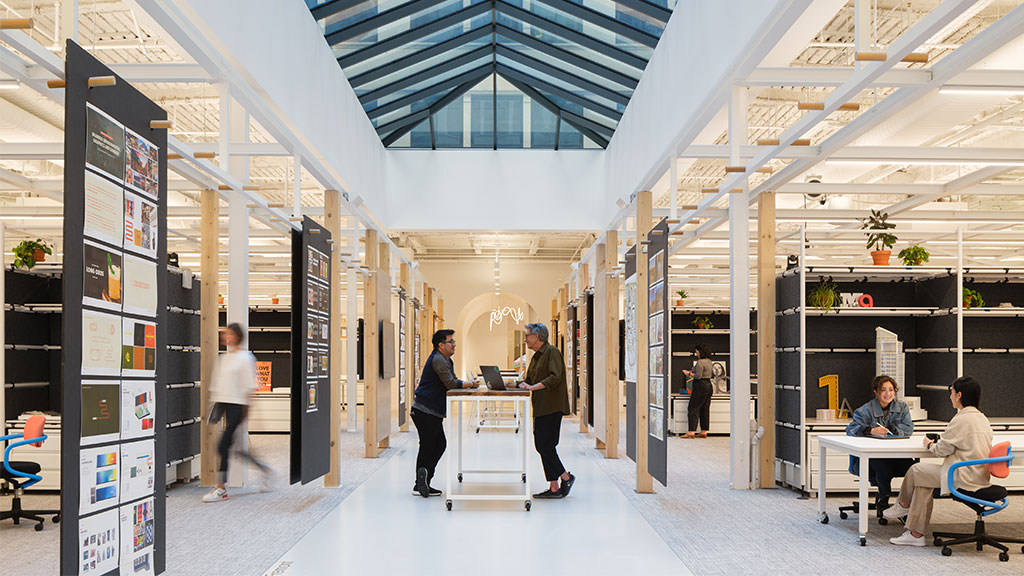
Why Neurodiverse Design Is Key to Modern Office Design
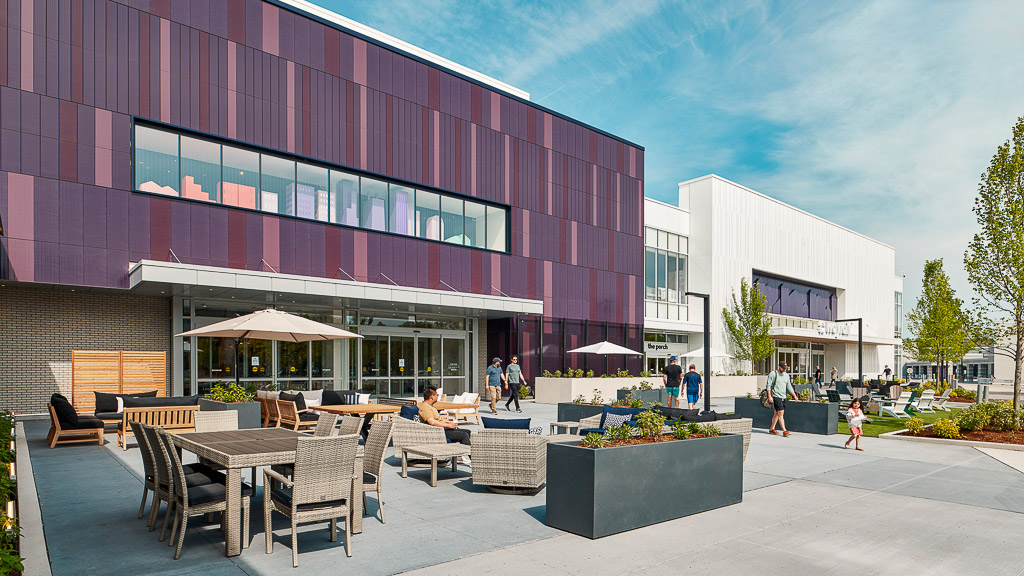
Gensler Designs Wayfair’s First Large-Format Store in Chicago
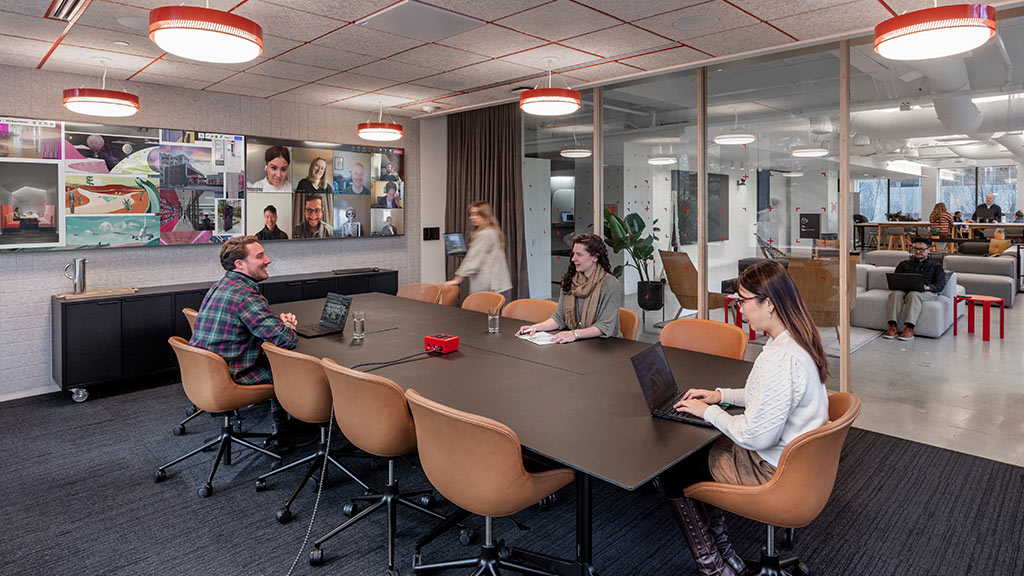
How Camera Angles, Lighting, and Filmmaking Techniques Can Help Make Hybrid Meetings More Equitable
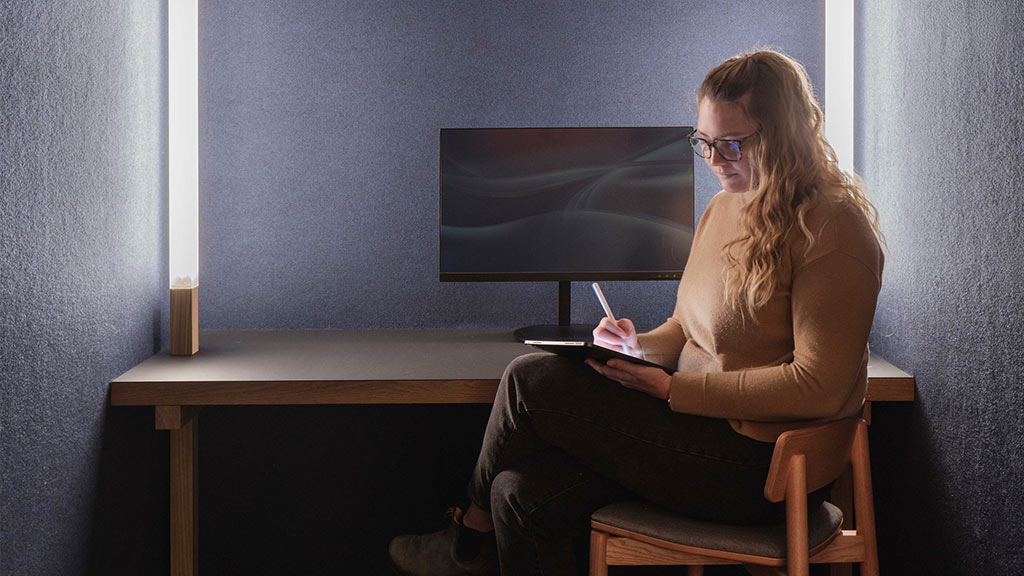
Greg Gallimore on Integrating Design and Technology for Hybrid Work Through Conference Room Lighting
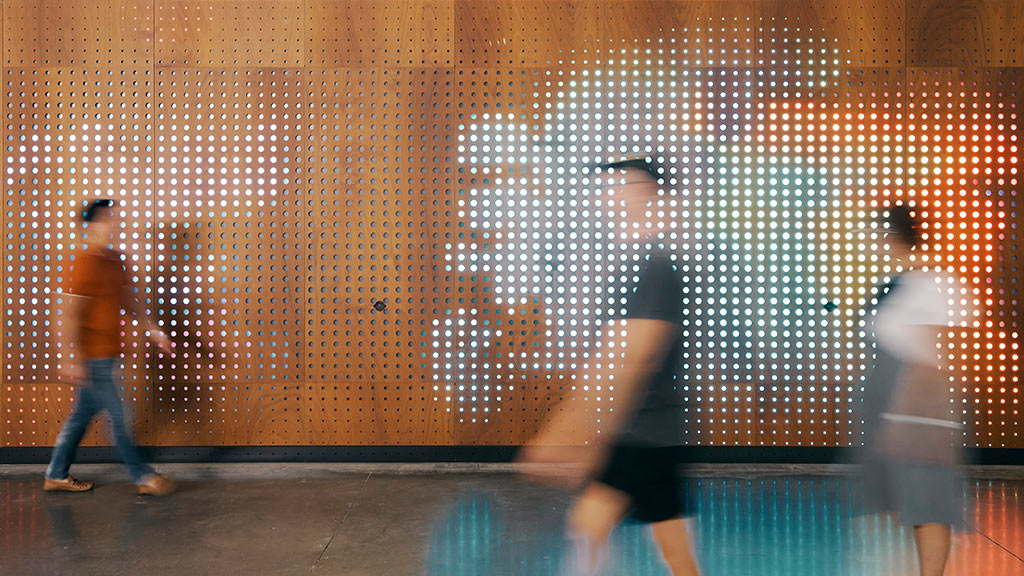
DXD’s Nick Hubbard Led a SXSW Panel on “The Five Steps to Immersive Engagement”
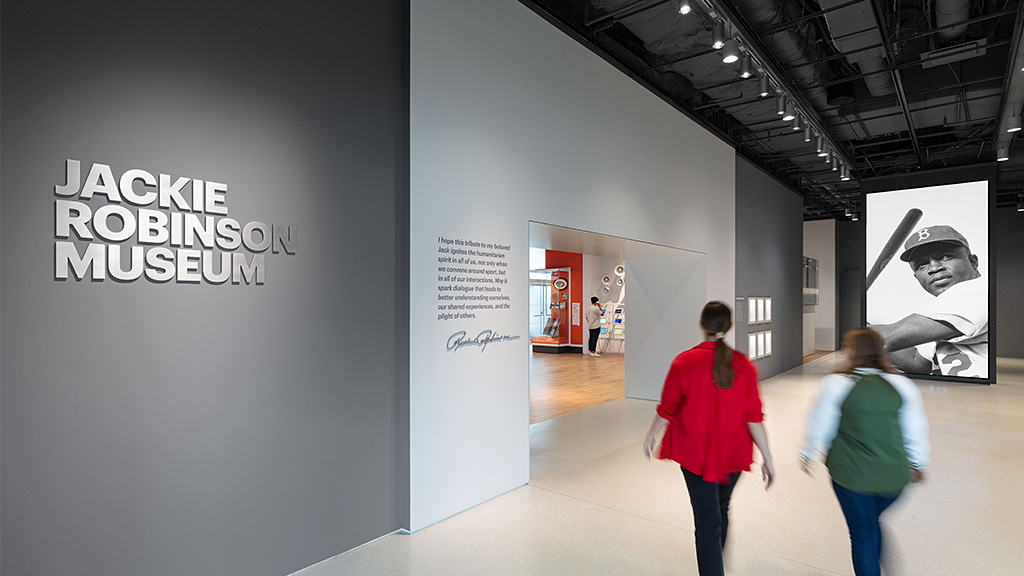
The Newly Opened Jackie Robinson Museum Focuses on Citizenship and Humanity At Large
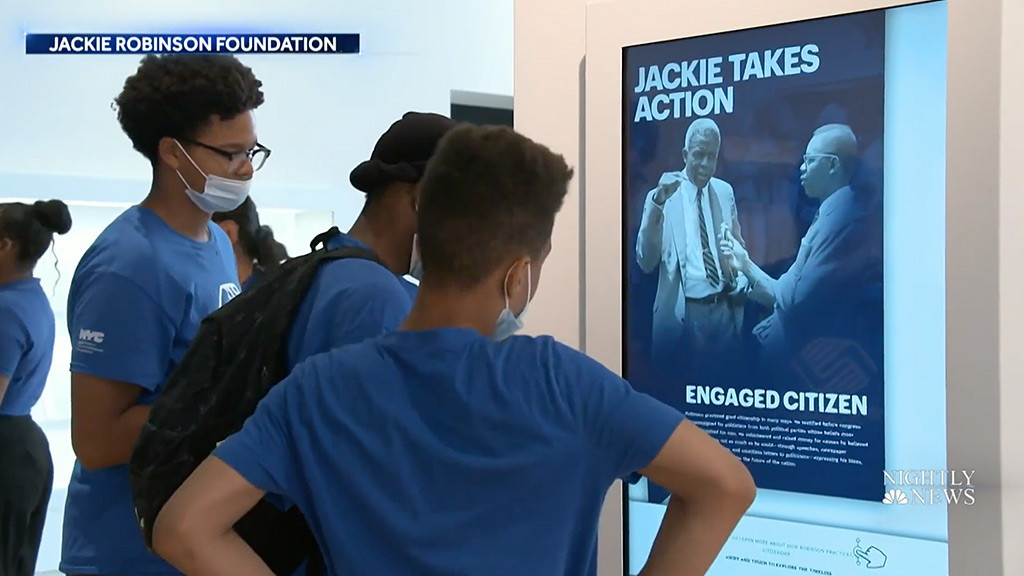
The Jackie Robinson Museum Celebrates the Athlete’s Legacy

The Moody Center Wows Visitors With Ambient Visuals Across a 66-Foot-Wide LED Video Wall
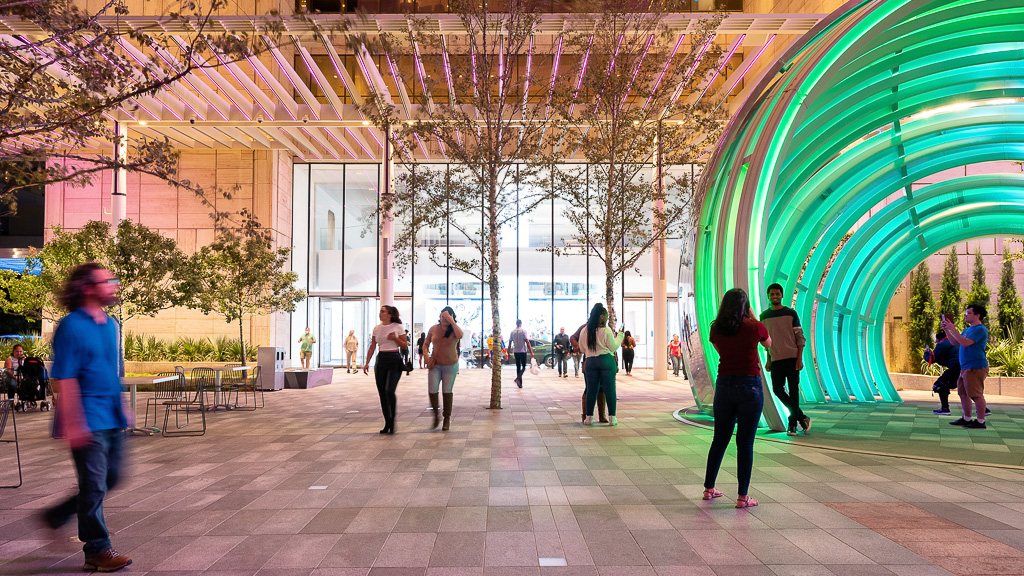
The Globe Sculpture at the AT&T Discovery District Is Shortlisted as a Finalist for the 2022 AV Awards Corporate Project of the Year

The New Jackie Robinson Museum Will Celebrate His Civil Rights Work and Baseball Legacy
